From early August through December 2016, I have released over 2000 photographs, many of which have never before been published. Below is a partial list of subjects and some examples. Be sure to visit galleries.intsysint.com to browse all of the available images.
Nikko, Japan
The massive shrine complex at Toshogu, where the Tokugawa shogun, Ieyasu, is enshrined and entombed is a World Heritage site. It was originally built in 1617 during Japan's Edo period and lies at the edge of the mountain town of Nikko in Tochigi Prefecture, also famous for its autumn leaf viewing.
Of particular interest is Yomeimon [陽明門] Gate, one of Japan's official "National Treasures". Yomeimon is a two-storied sangen-ikko [三間一戸] gate with a hipped roof on all sides and gables in every direction. Yomeimon has copper-tile roofing and more than 500 carvings of historical anecdotes, children at play, wise men, dragons, and more.
My high-resolution image of Yomeimon measures 15,487 x 13,004 pixels and can be printed large enough to see every detail of the gate. Here is a preview of the full image with the area highlighted by the red box shown in the image below it - click on the lower detail image to view a somewhat larger version.
The photos just published include many close-ups of the amazing sculptures that cover Yomeimon and other structures in Toshogu and other shrines in the area.
There are also images from so-called "Oku Nikko" ["inner Nikko"] in the mountains above the city including Senjogahara [戦場ヶ原, "battlefield moor"], lakes Yunoko [湯の湖] and Chuzenji [中禅寺湖], and waterfalls Yudaki [湯滝] and Ryuzu [竜頭滝, "dragon head"].
Here's a small gallery - to see them all, visit http://galleries.intsysint.com/Japan/Nikko/.
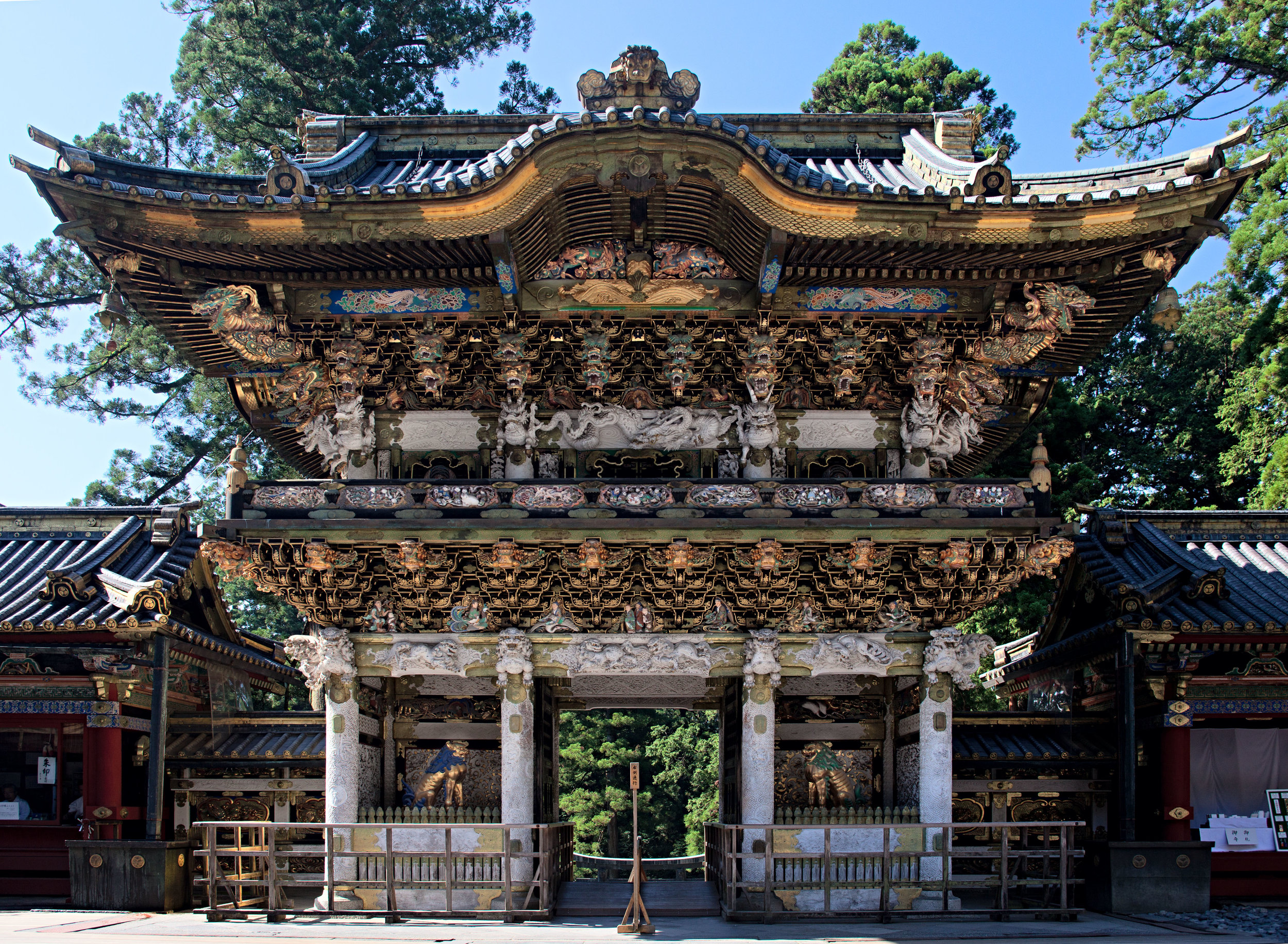
![Three Wise Monkeys [三匹の猿]](https://images.squarespace-cdn.com/content/v1/5005dbf284aebe9f4d09d4f5/1482945366134-0FVIWTBDG7L0RGH4IKFN/0324-_112C-2169.jpg)
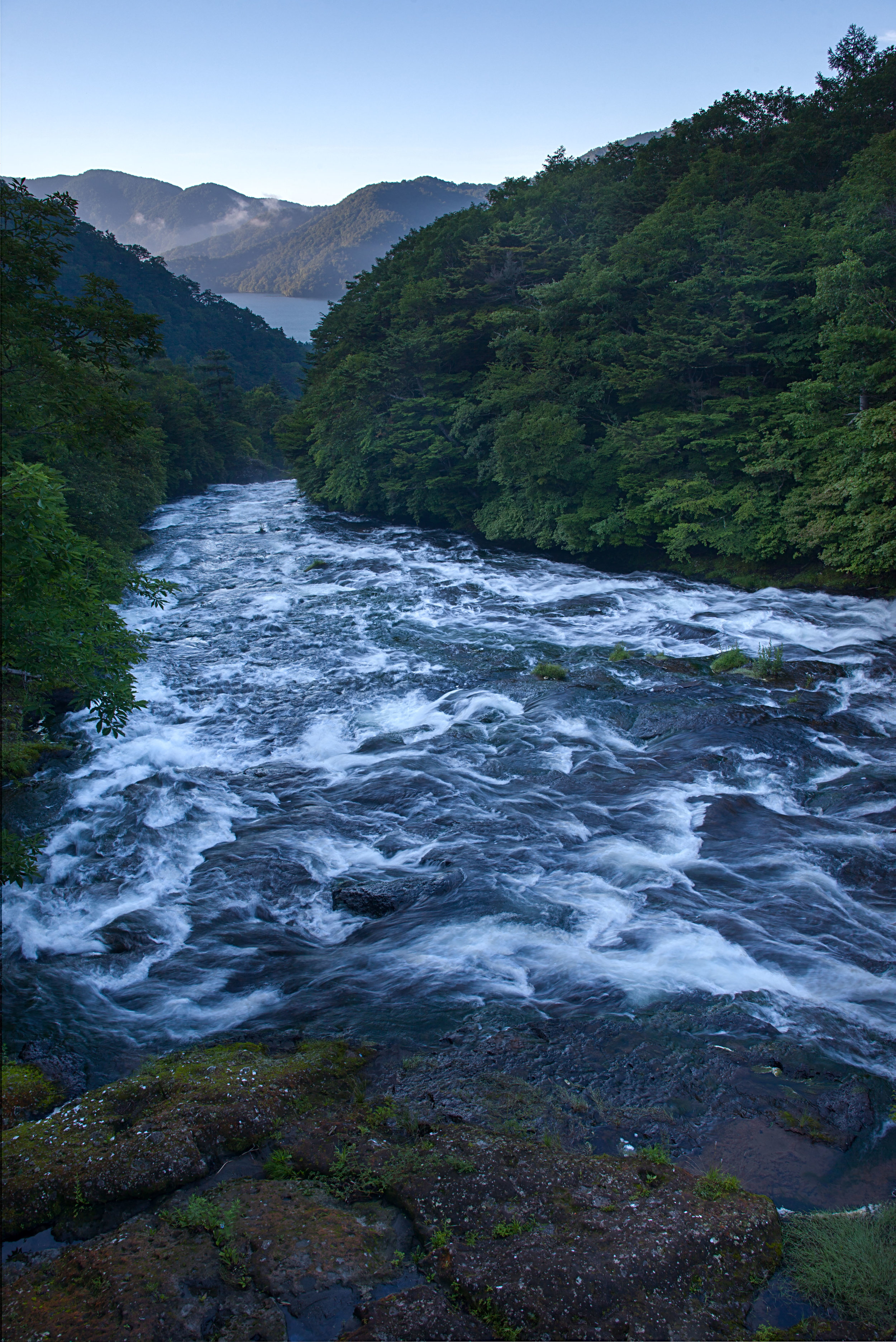
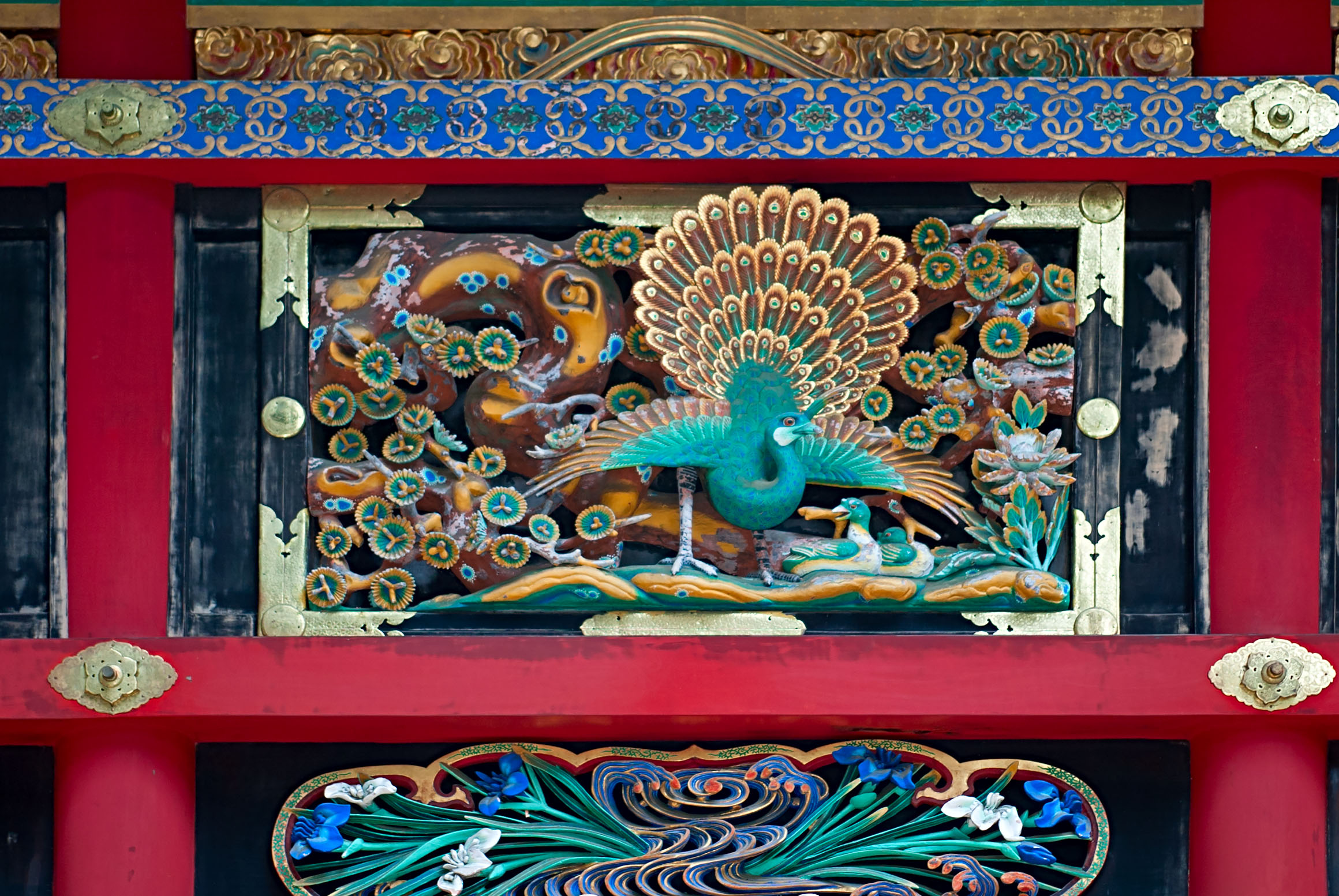
![Shinkyo bridge [神橋]](https://images.squarespace-cdn.com/content/v1/5005dbf284aebe9f4d09d4f5/1482945878772-ACE5NIJU5C1GLUHSNQ7T/1044-5D-0645-0647.jpg)
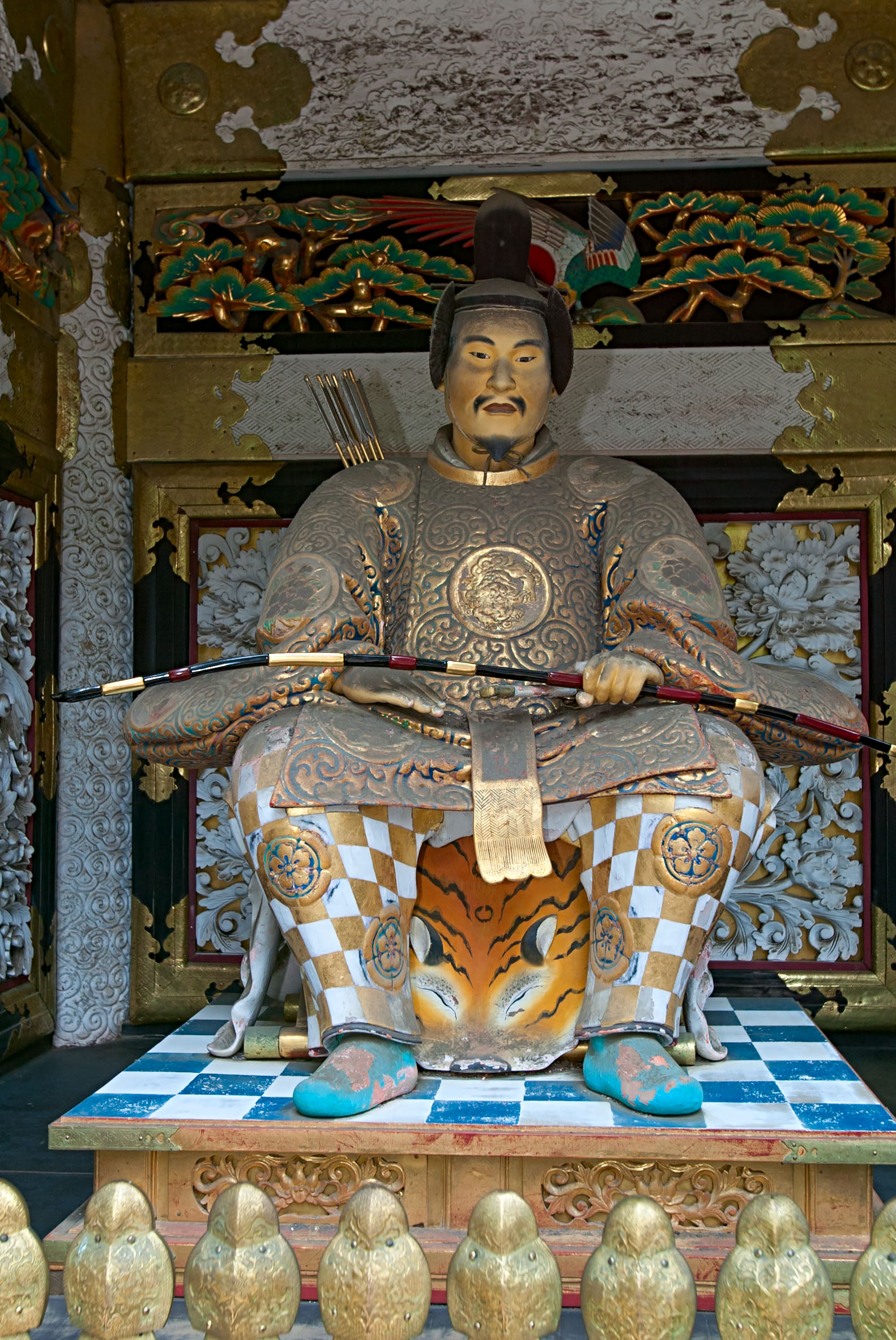
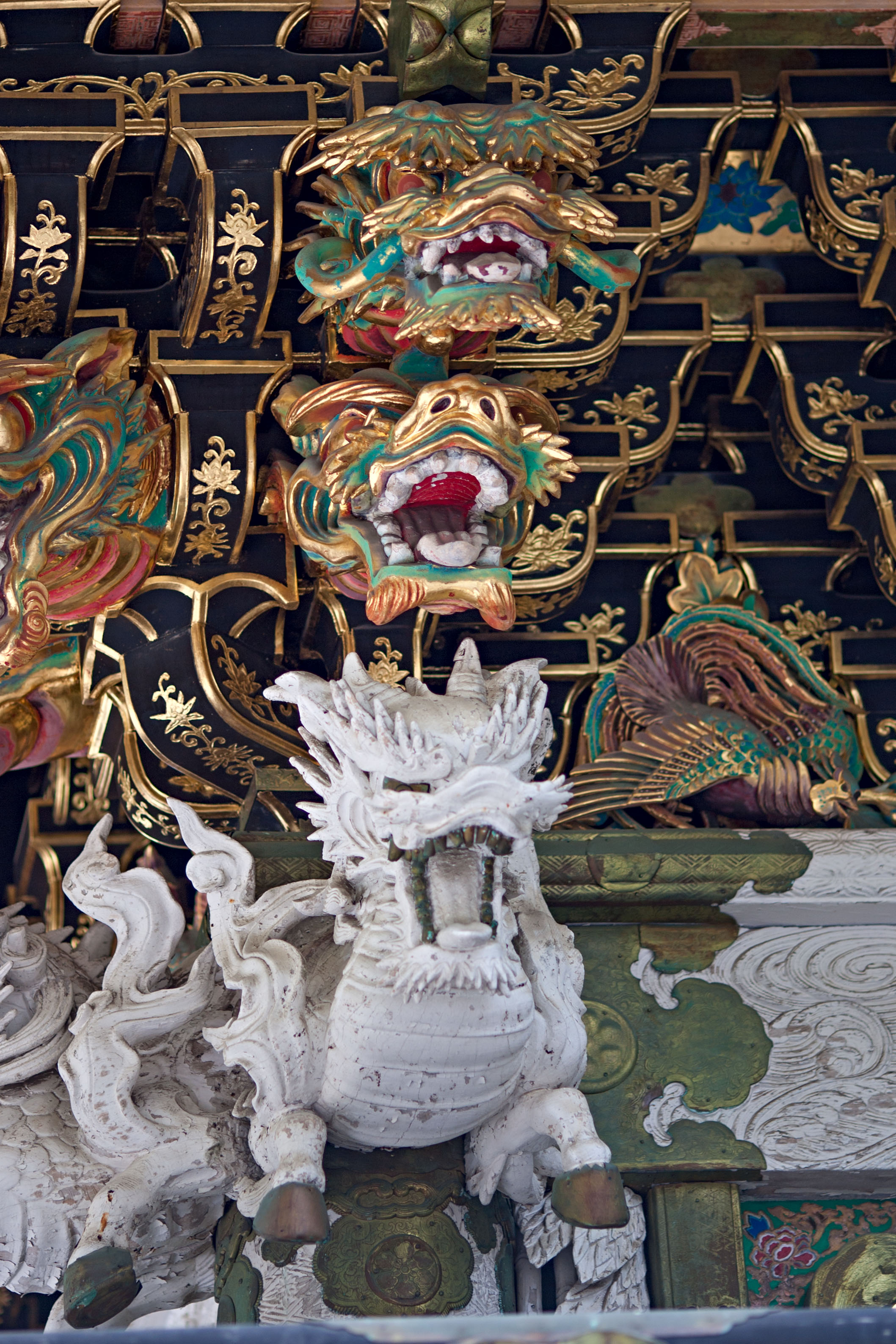
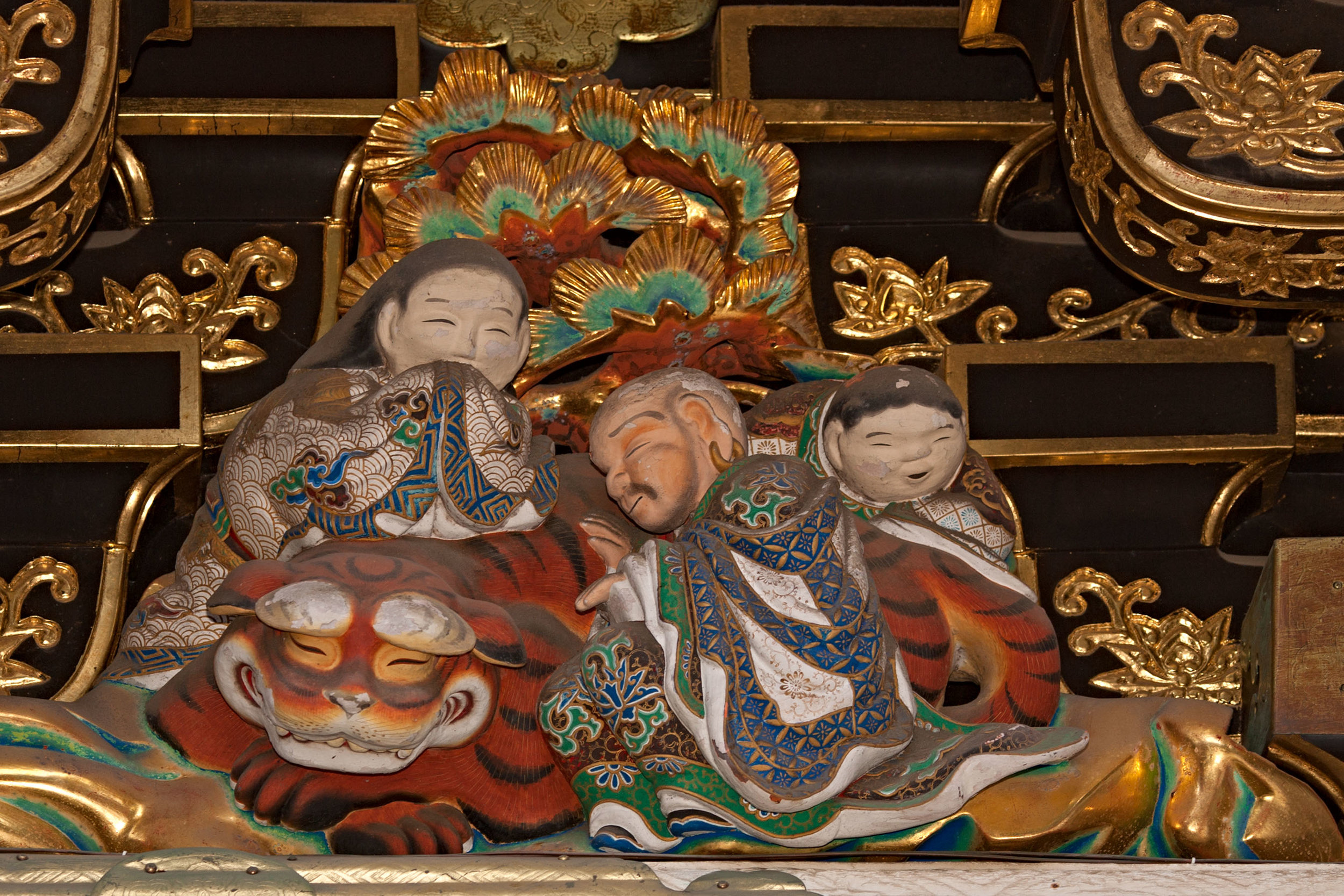
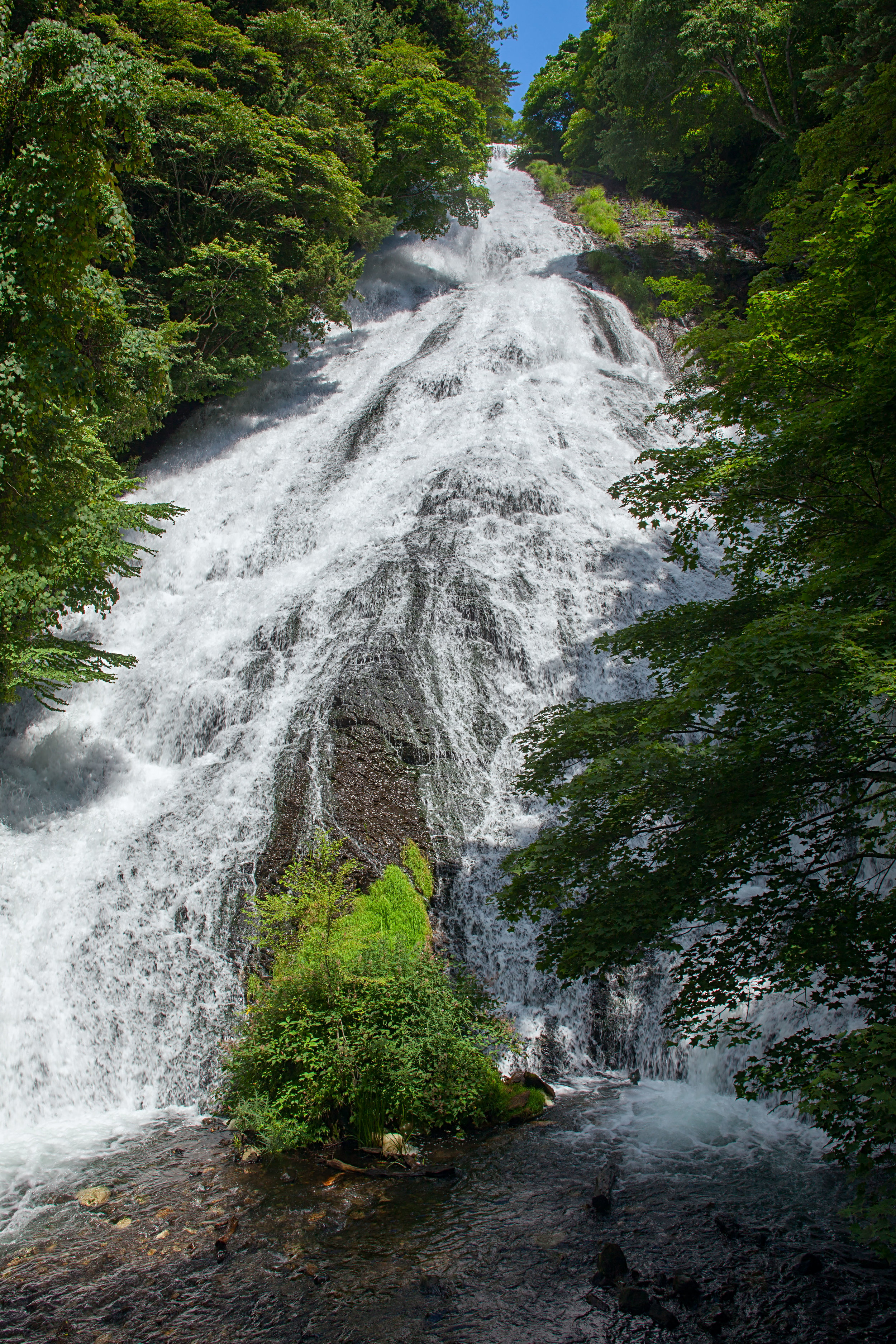
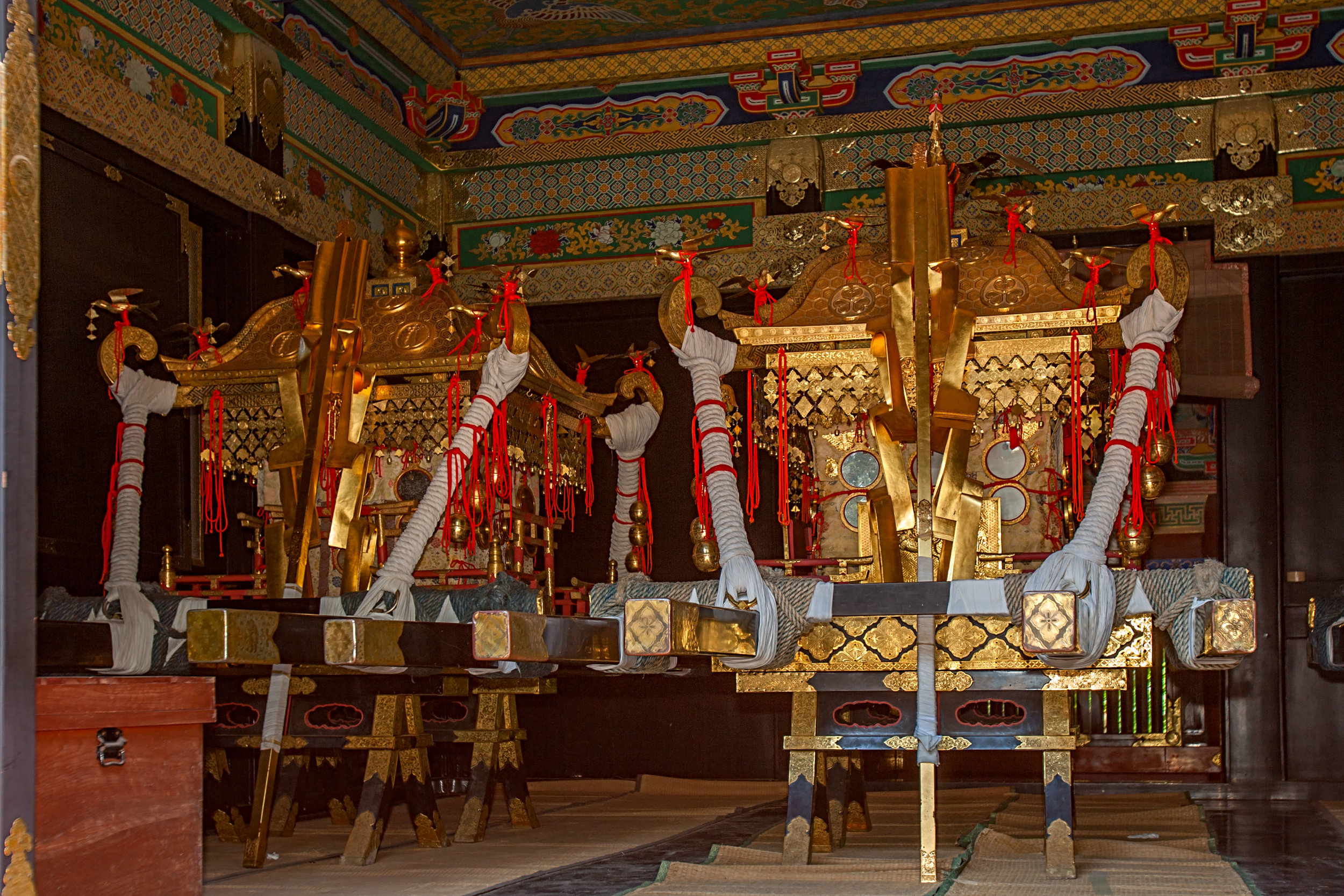
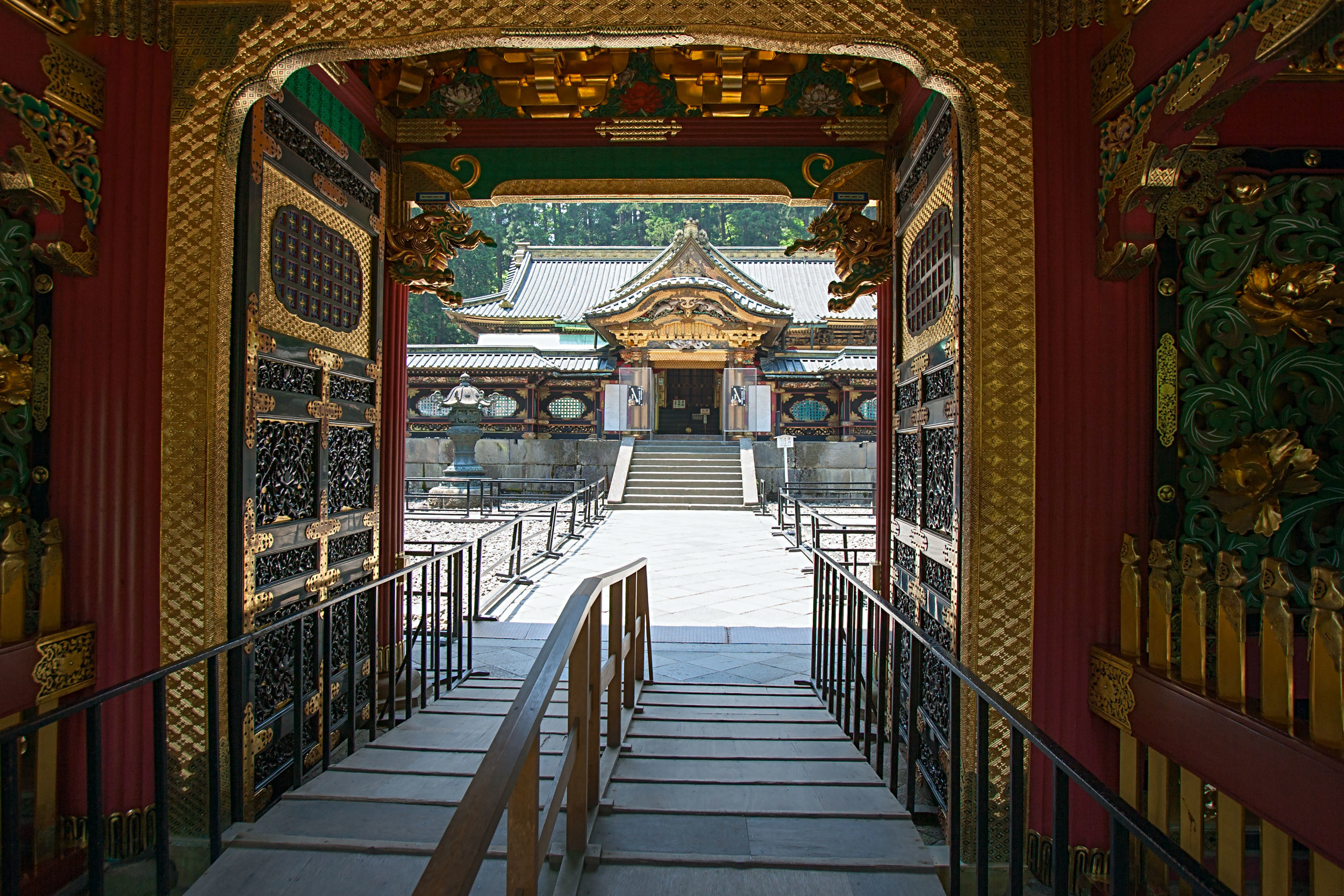
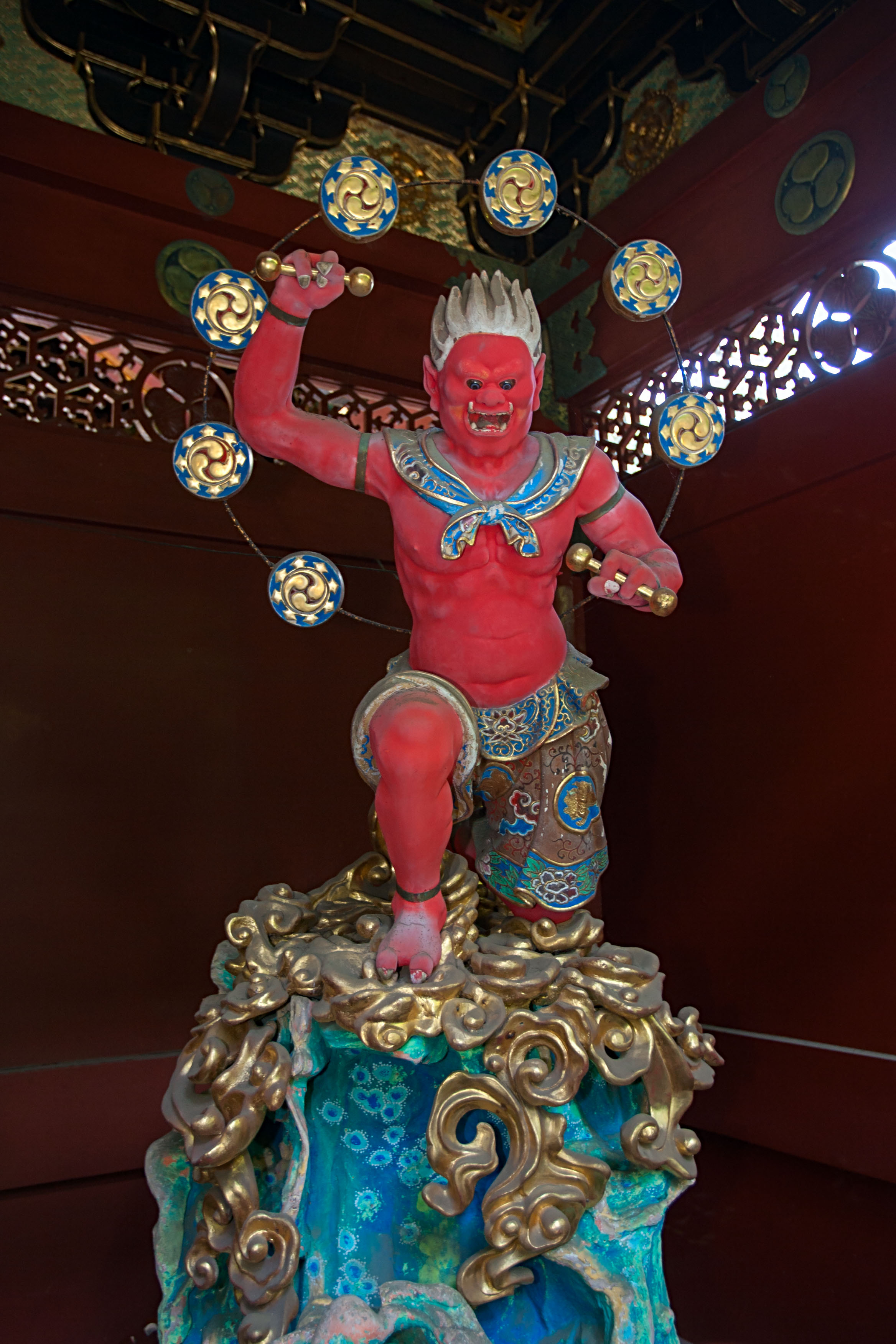

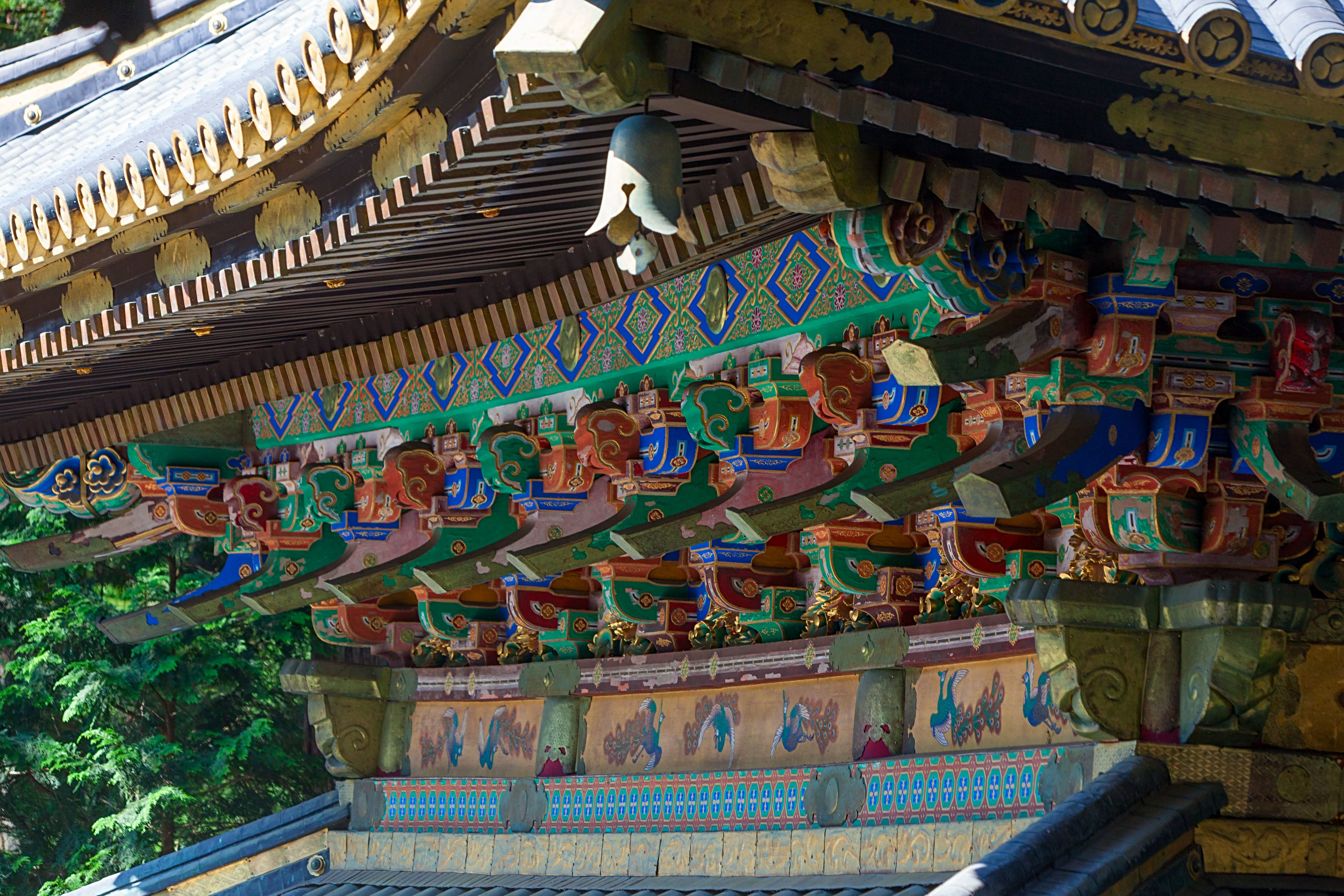
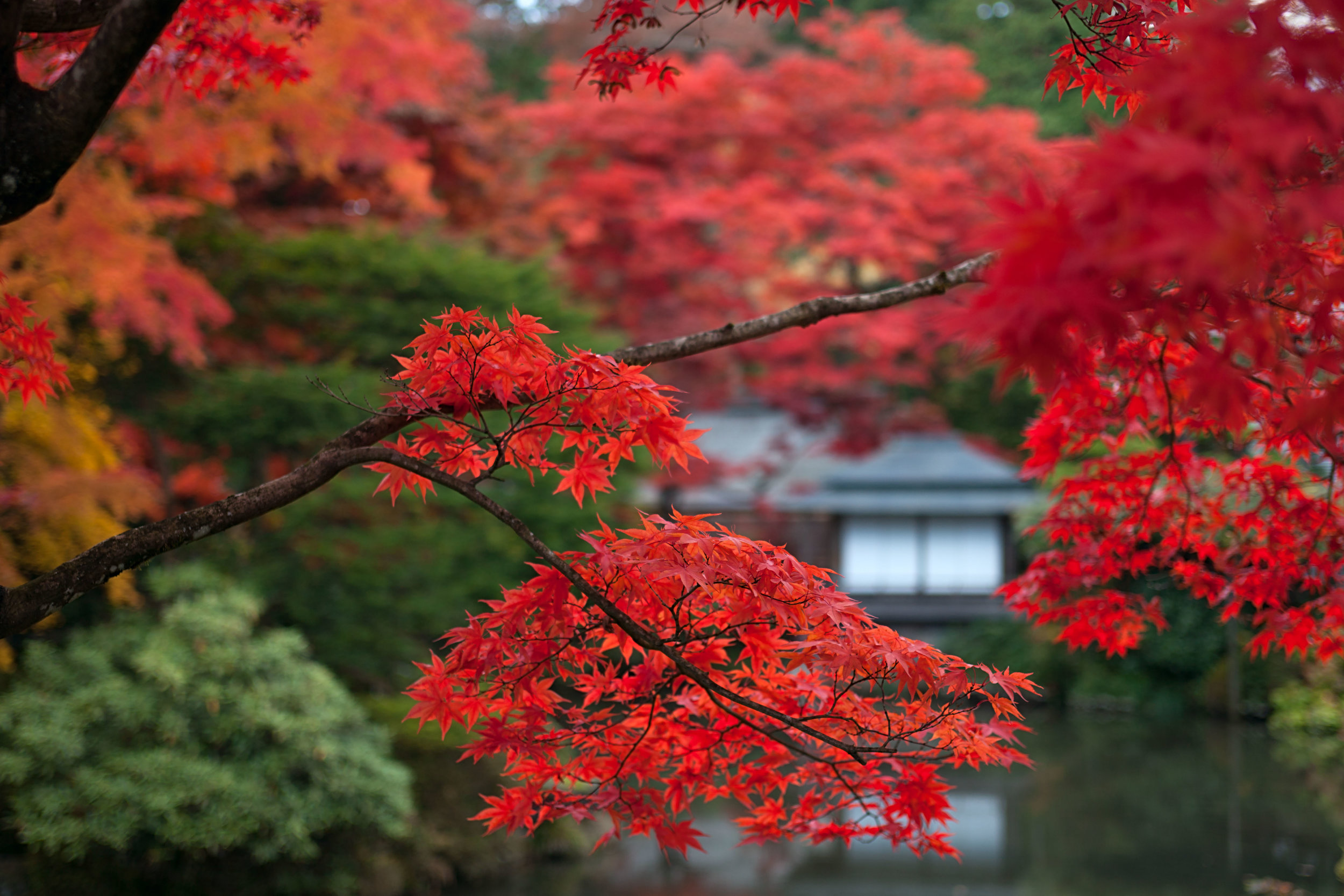
Nagahama Hikiyama Matsuri
The Nagahama Hikiyama Festival is said to have its origins around the time that Toyotomi Hideyoshi, one of Japan's great warlords, died in Nagahama, a city in Shiga Prefecture.
Huge ornate wooden floats are dragged around the town and at various locations, and boys aged 5 - 12 years old perform so-called "kids kabuki" plays on their elevated platforms.
To view the complete gallery, go here: http://galleries.intsysint.com/Japan/Nagahama/
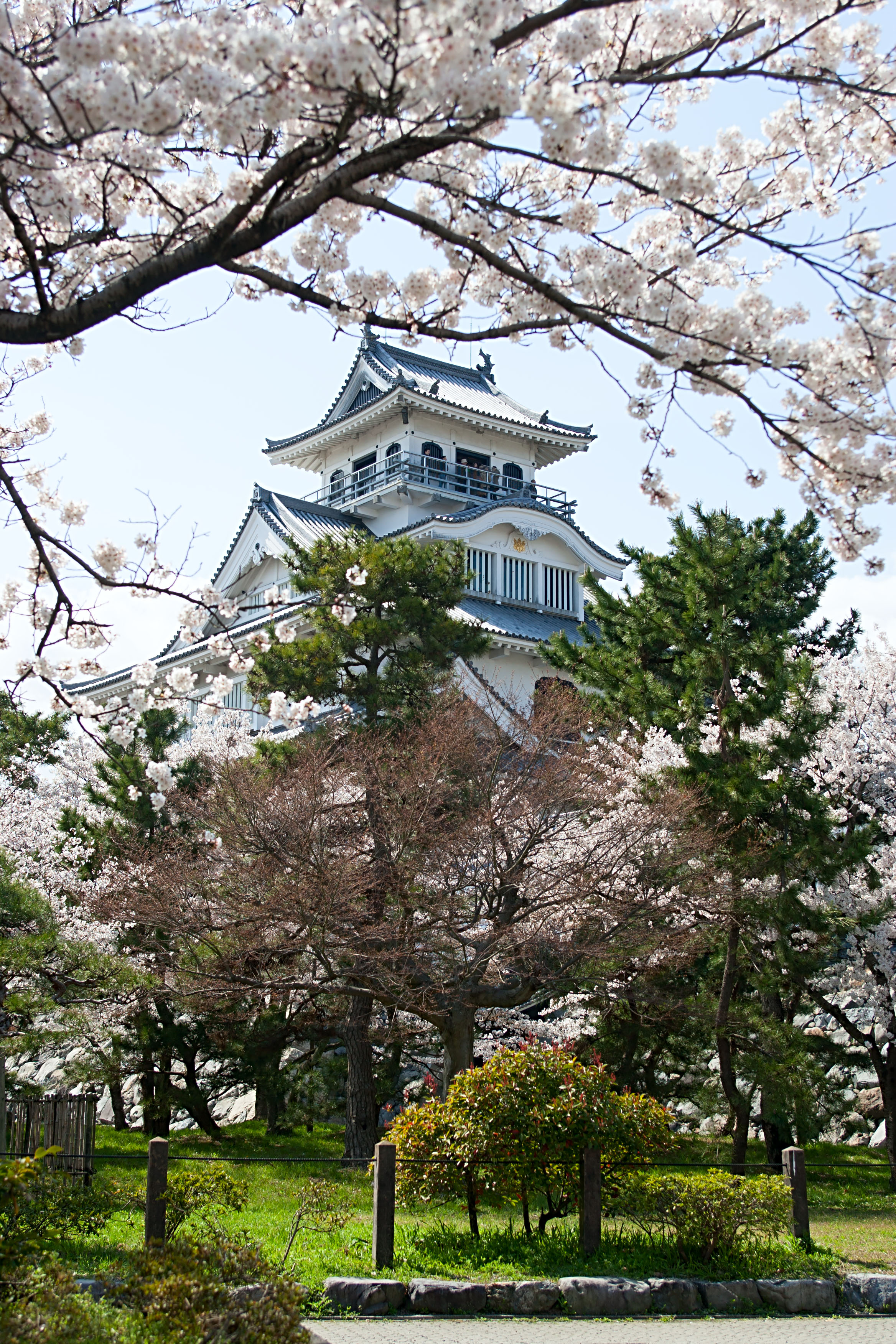
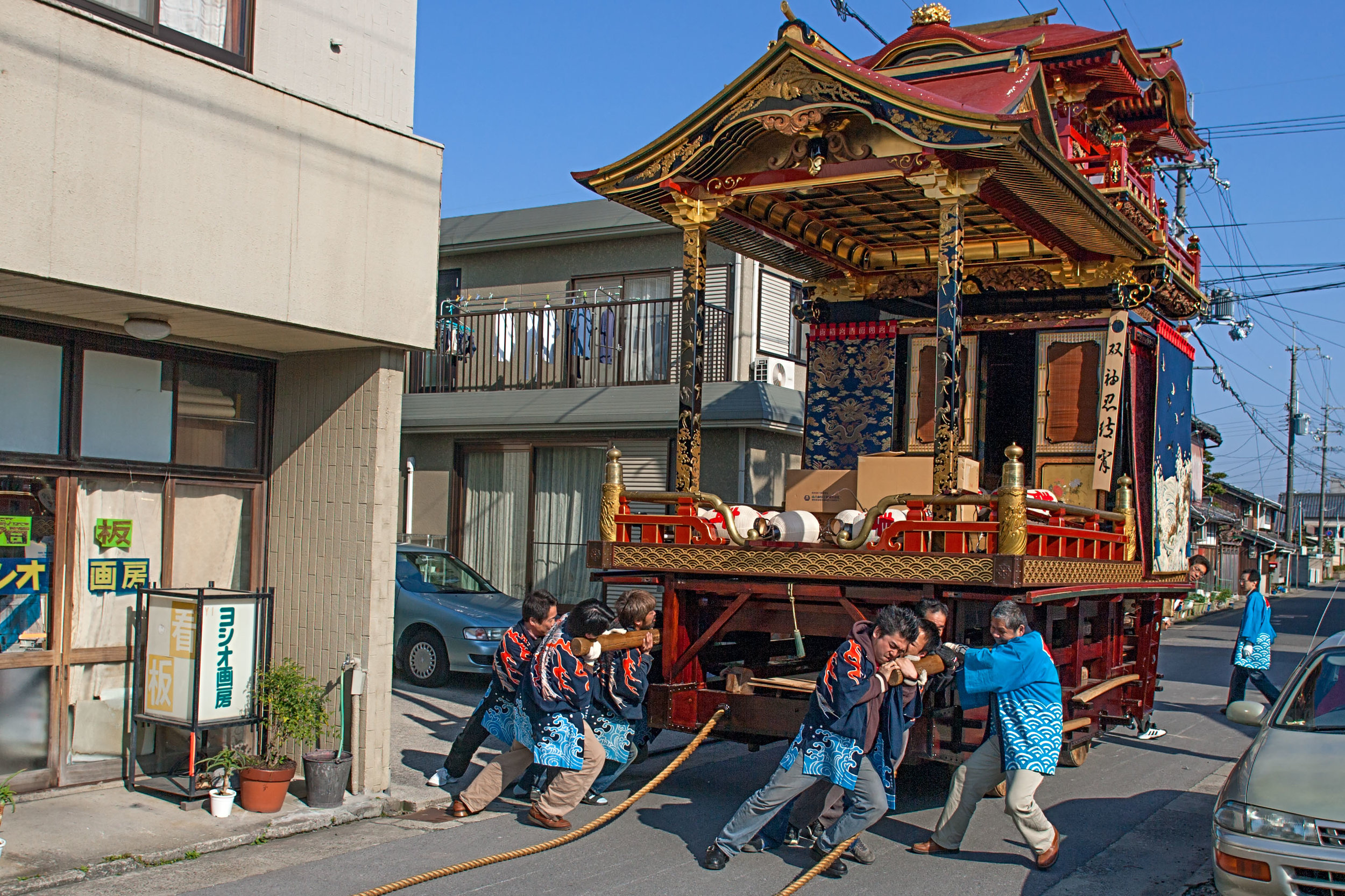
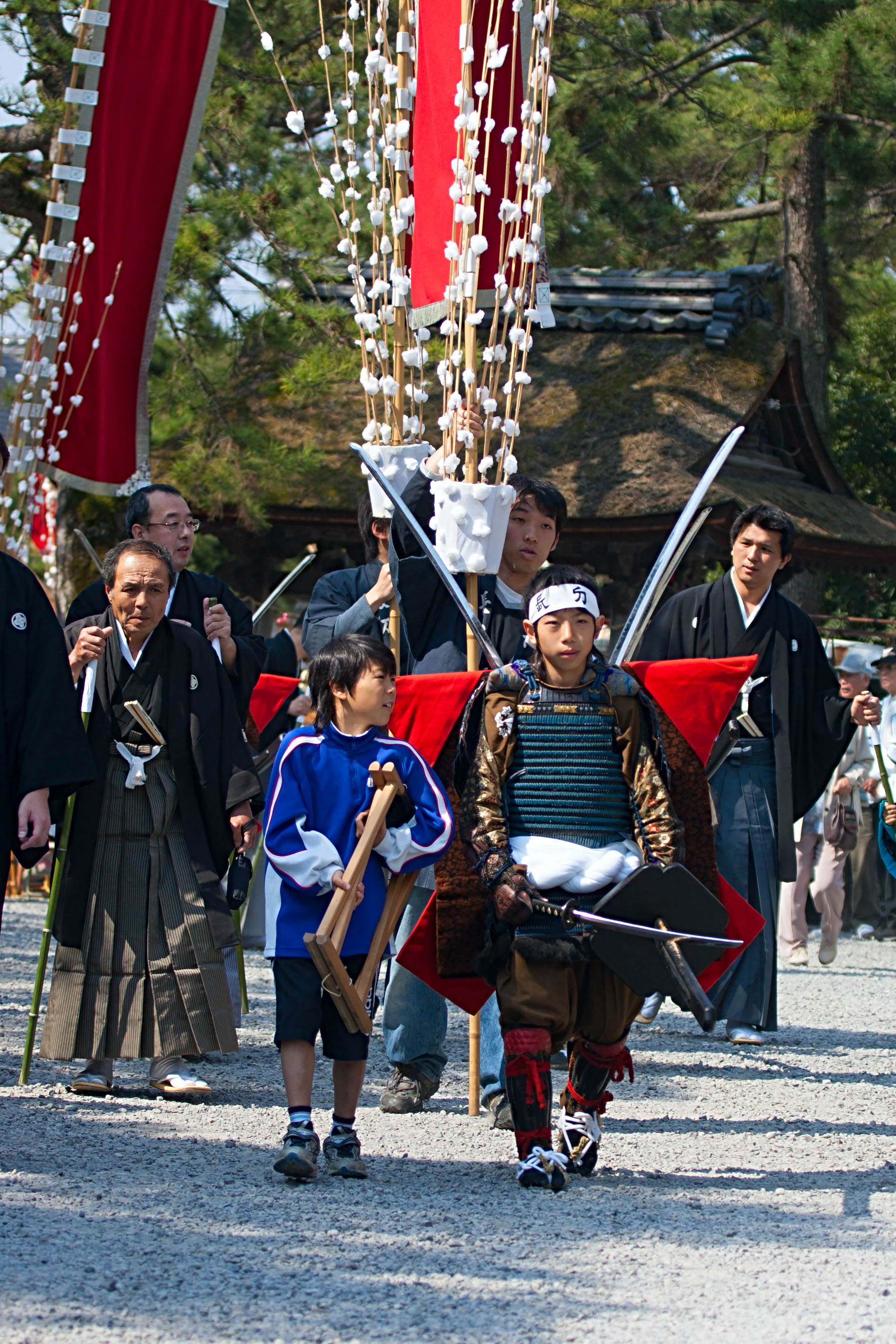
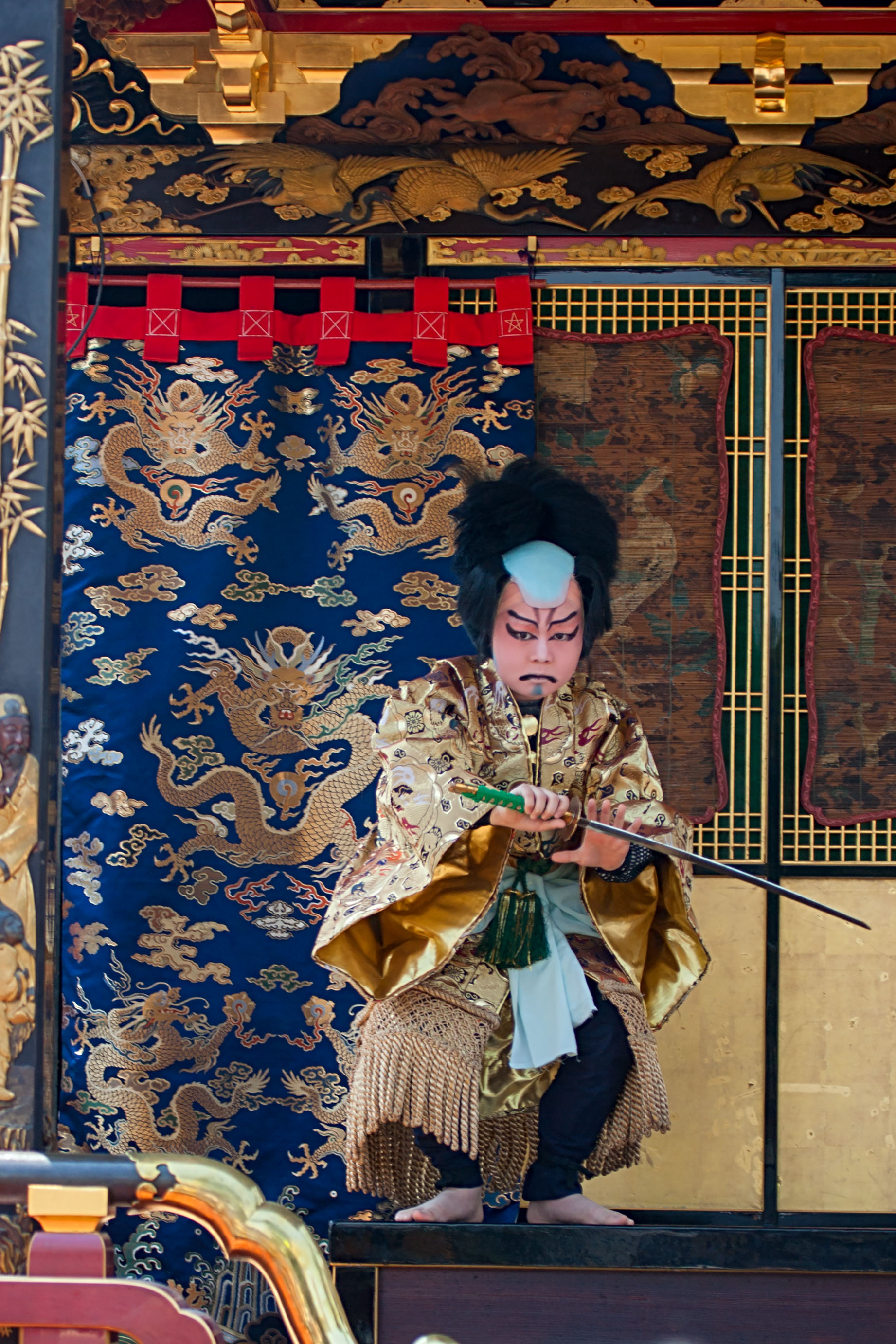
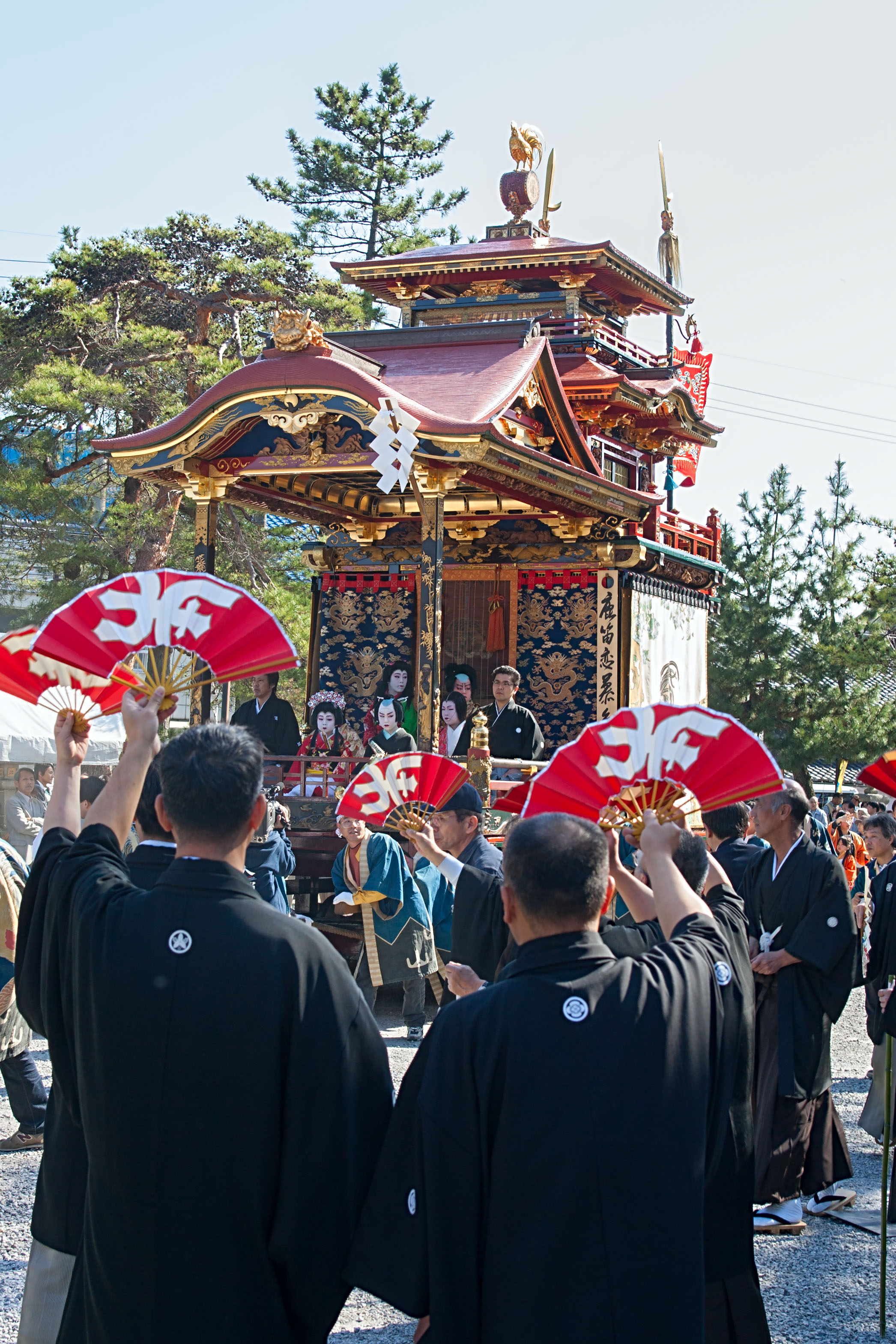
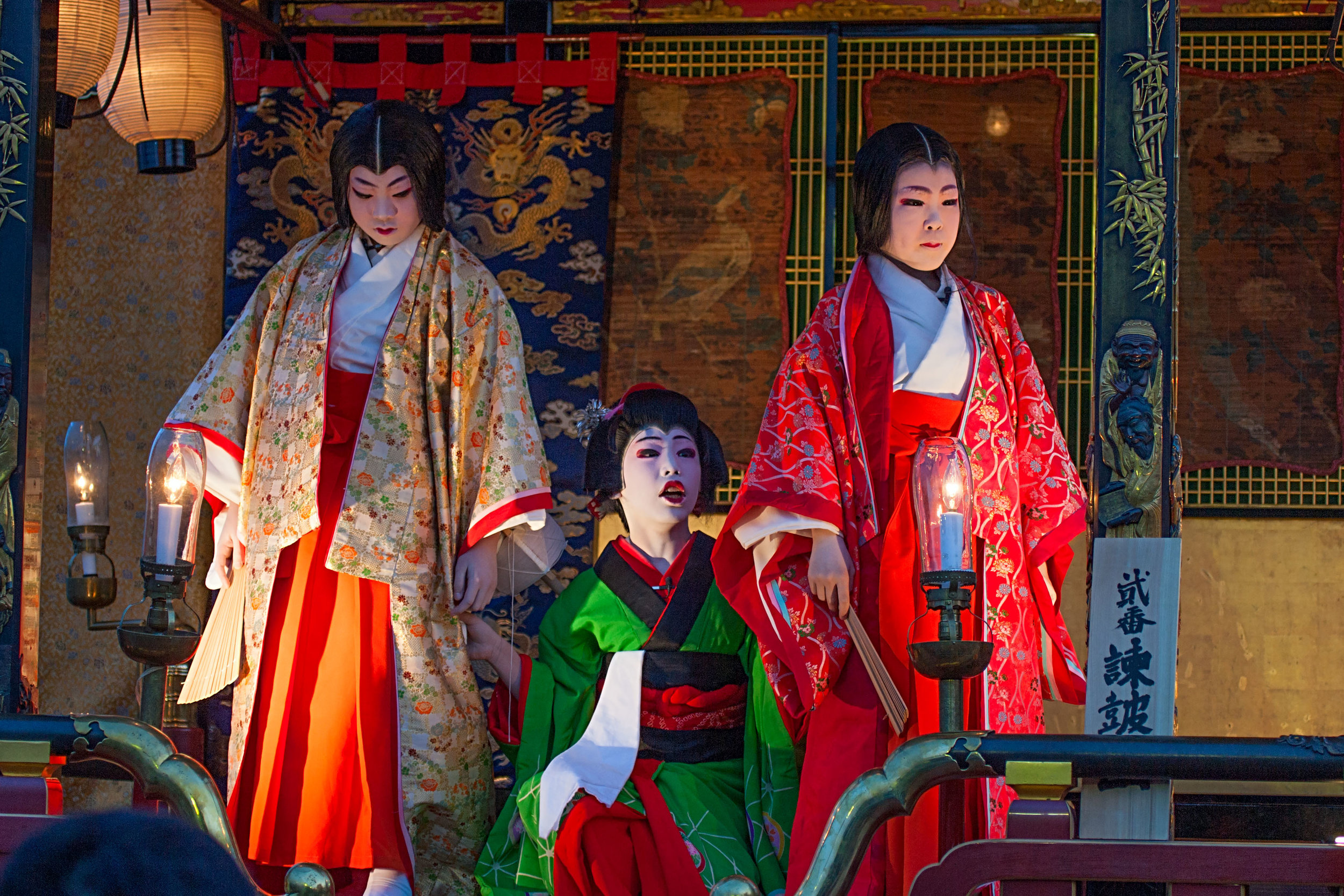
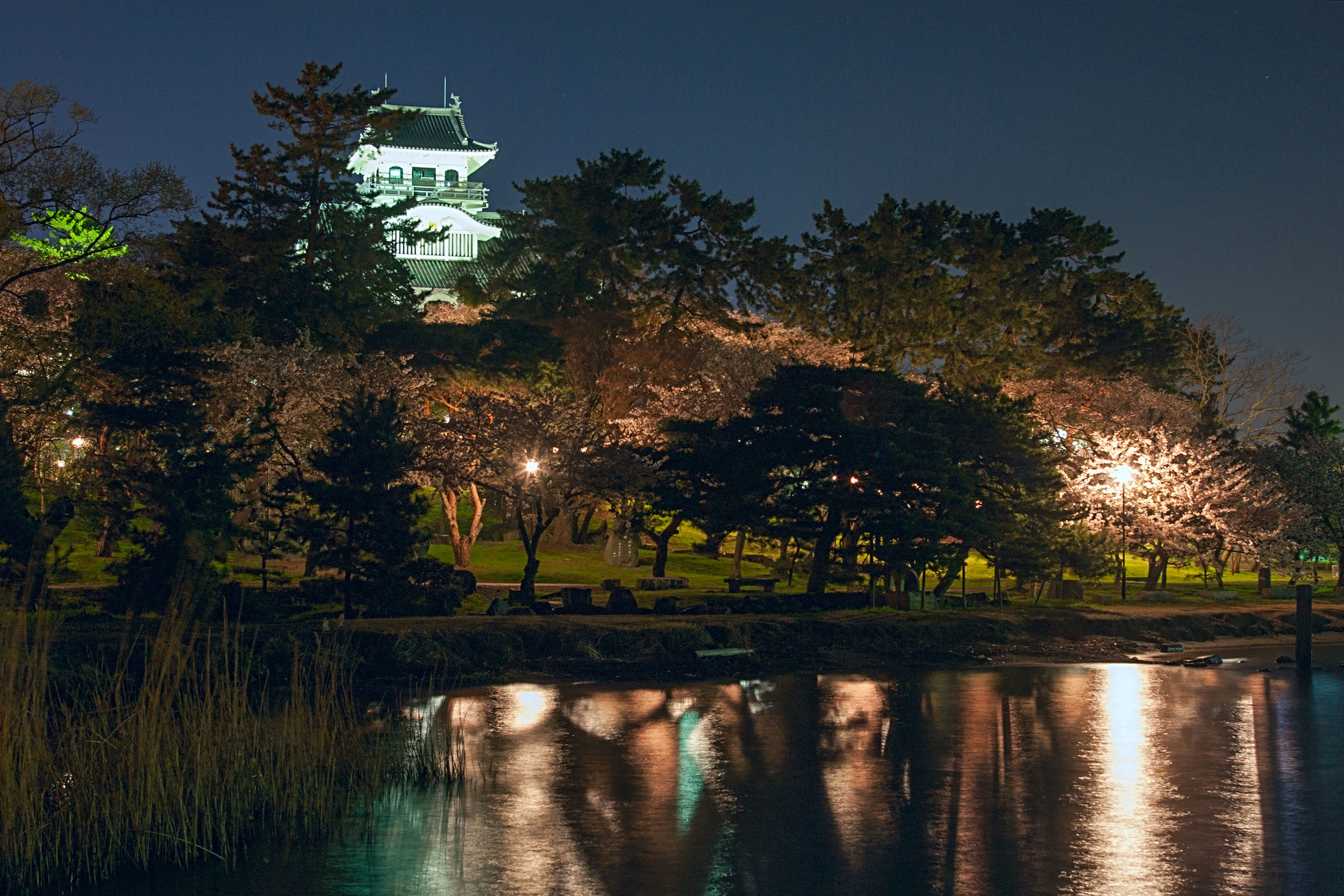
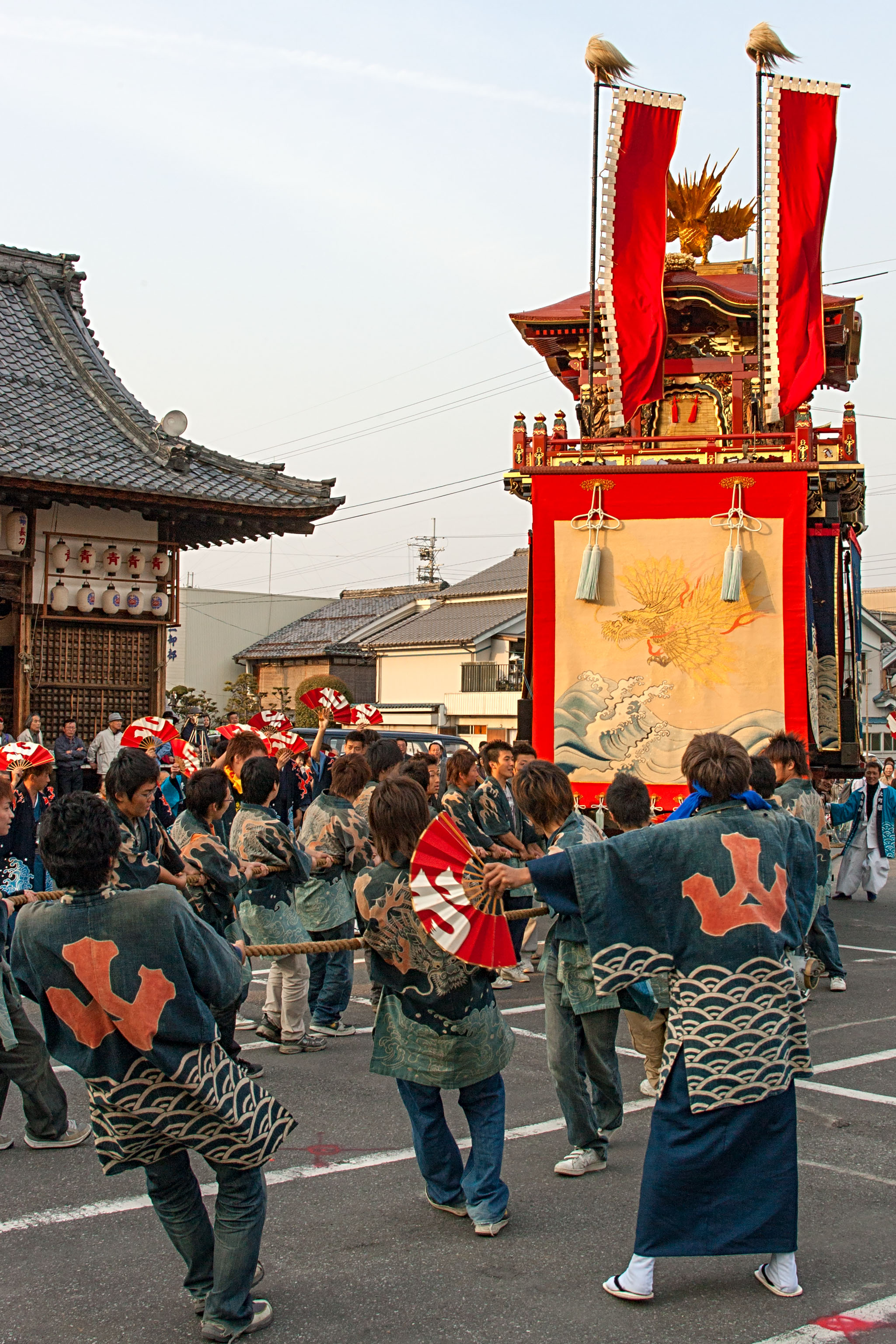
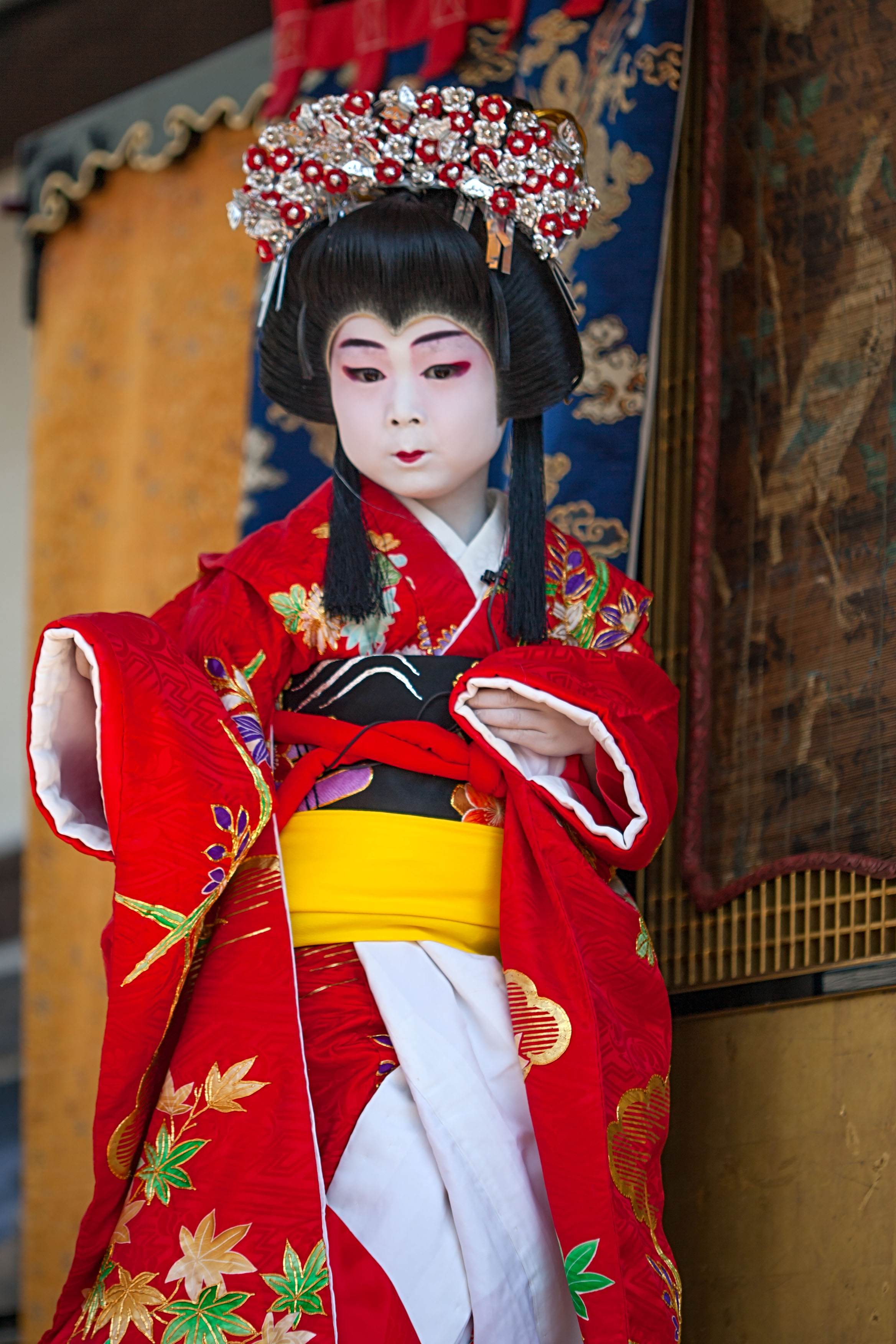
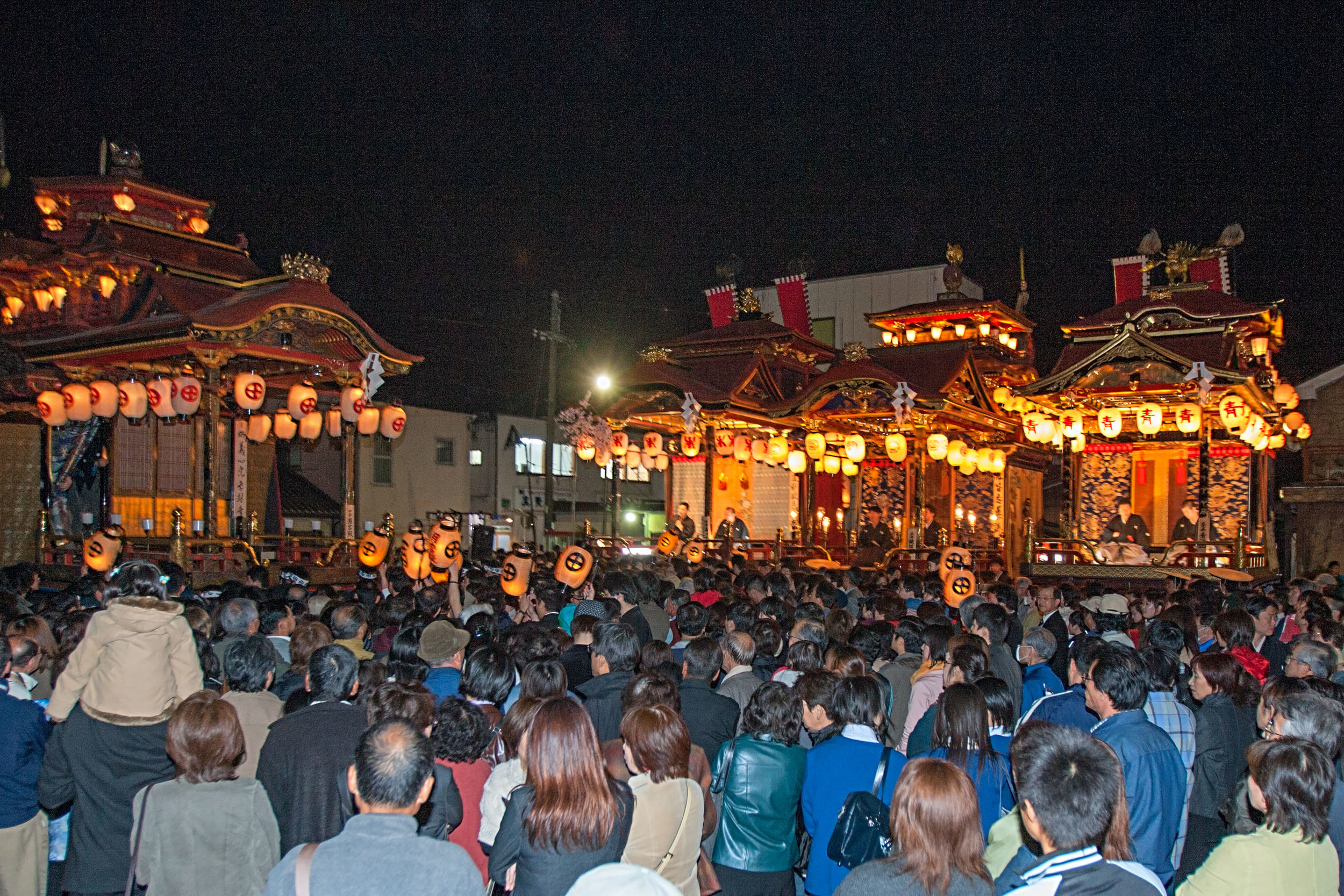
Tokyo
Many new photographs of some of the impressive modern architecture around Tokyo, especially the Shiodome area.
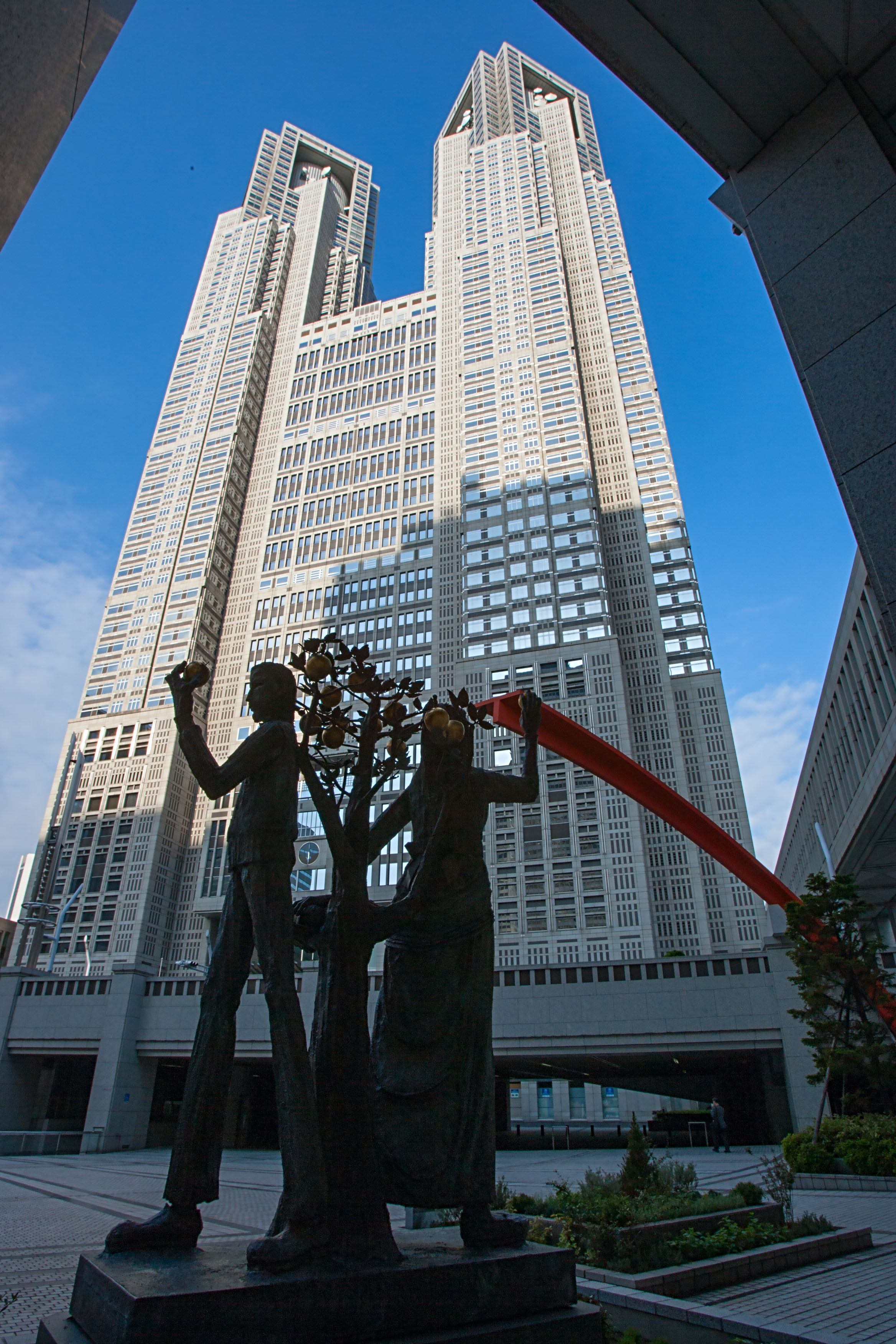
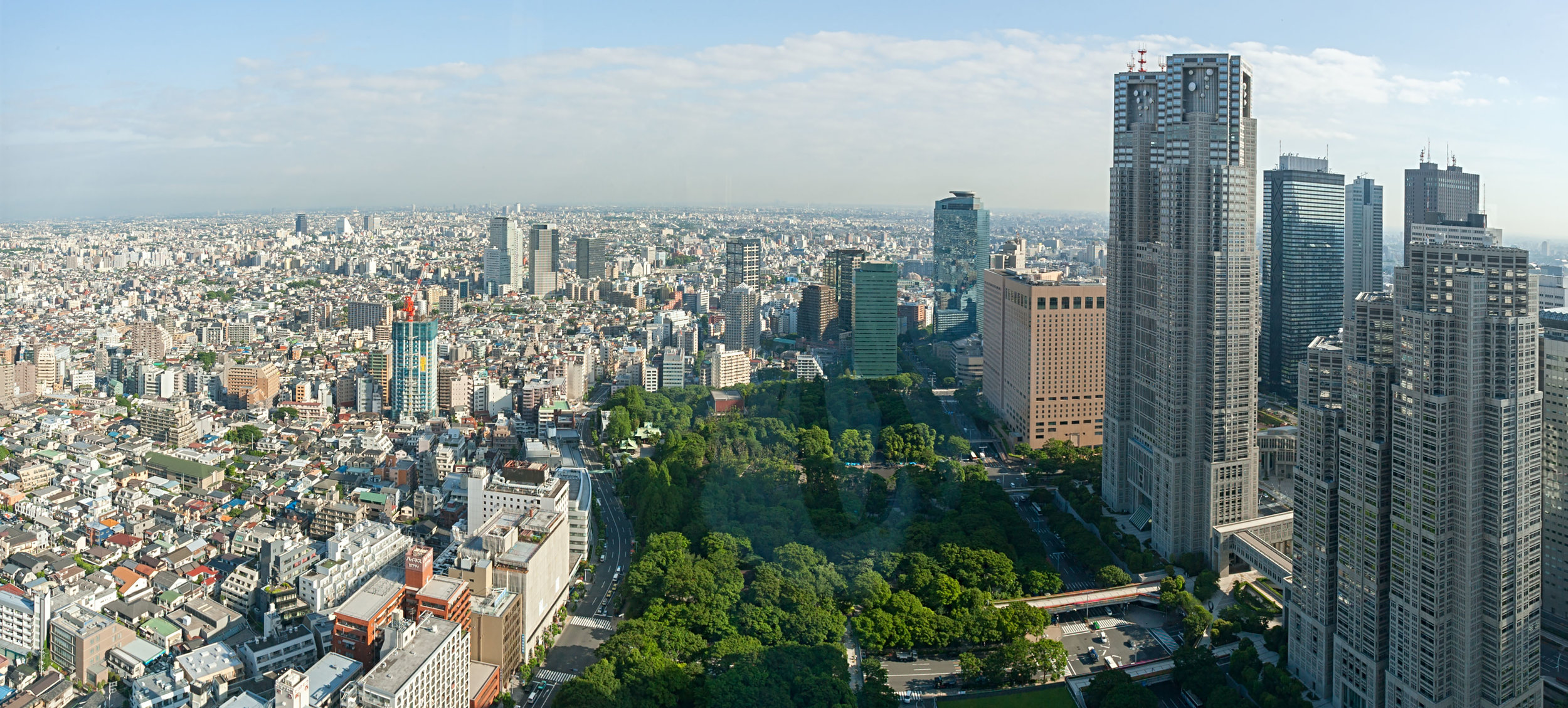

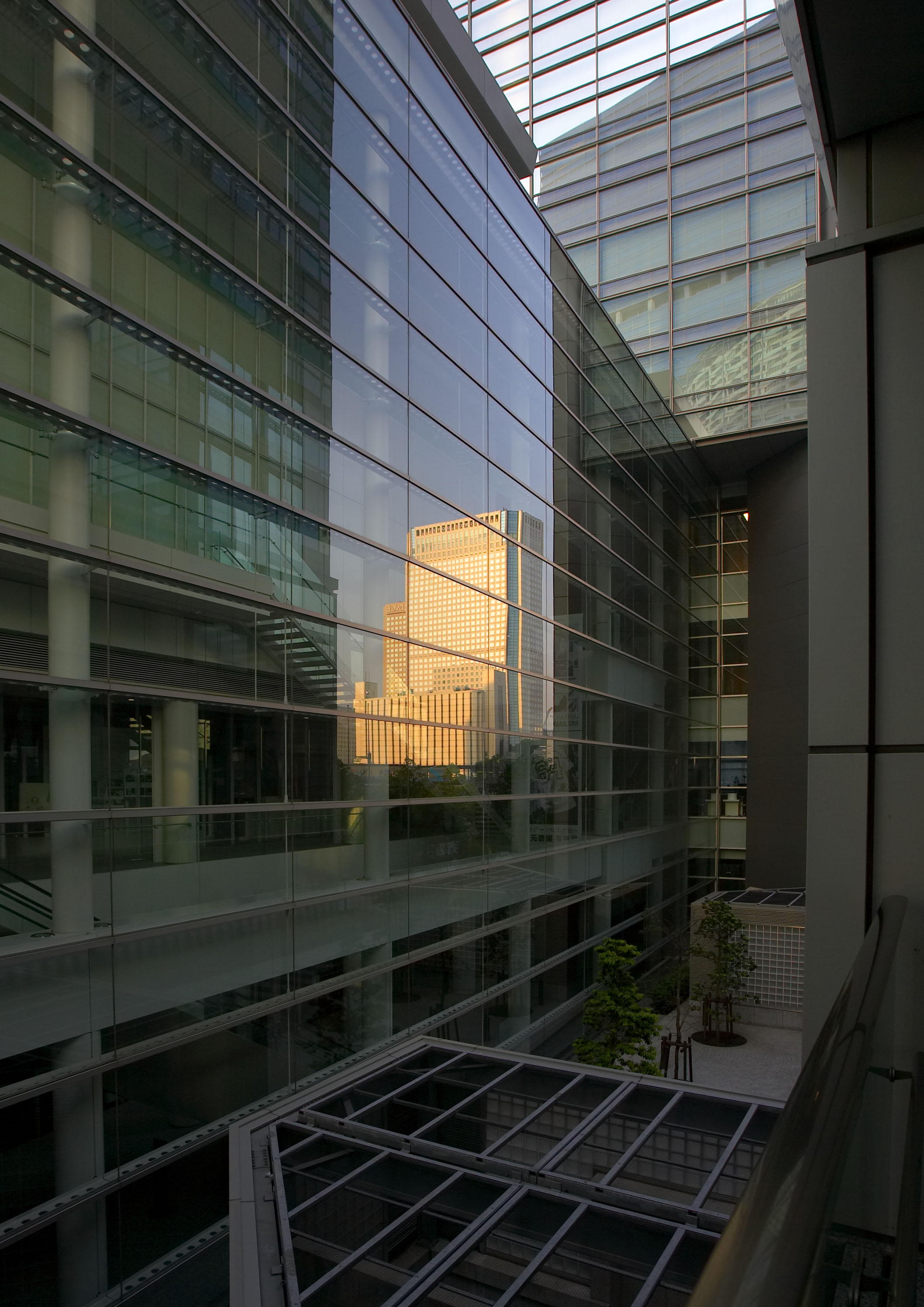
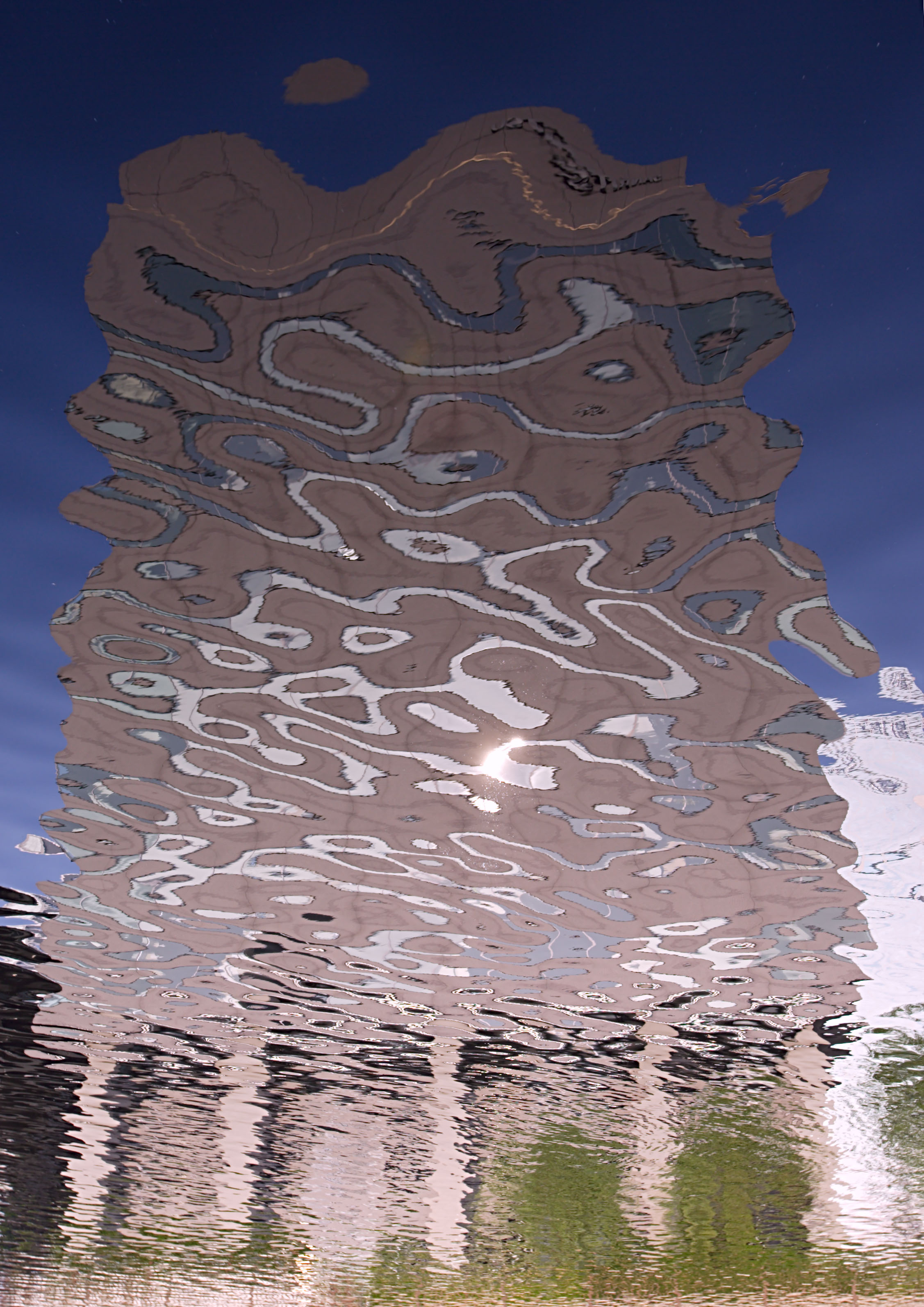
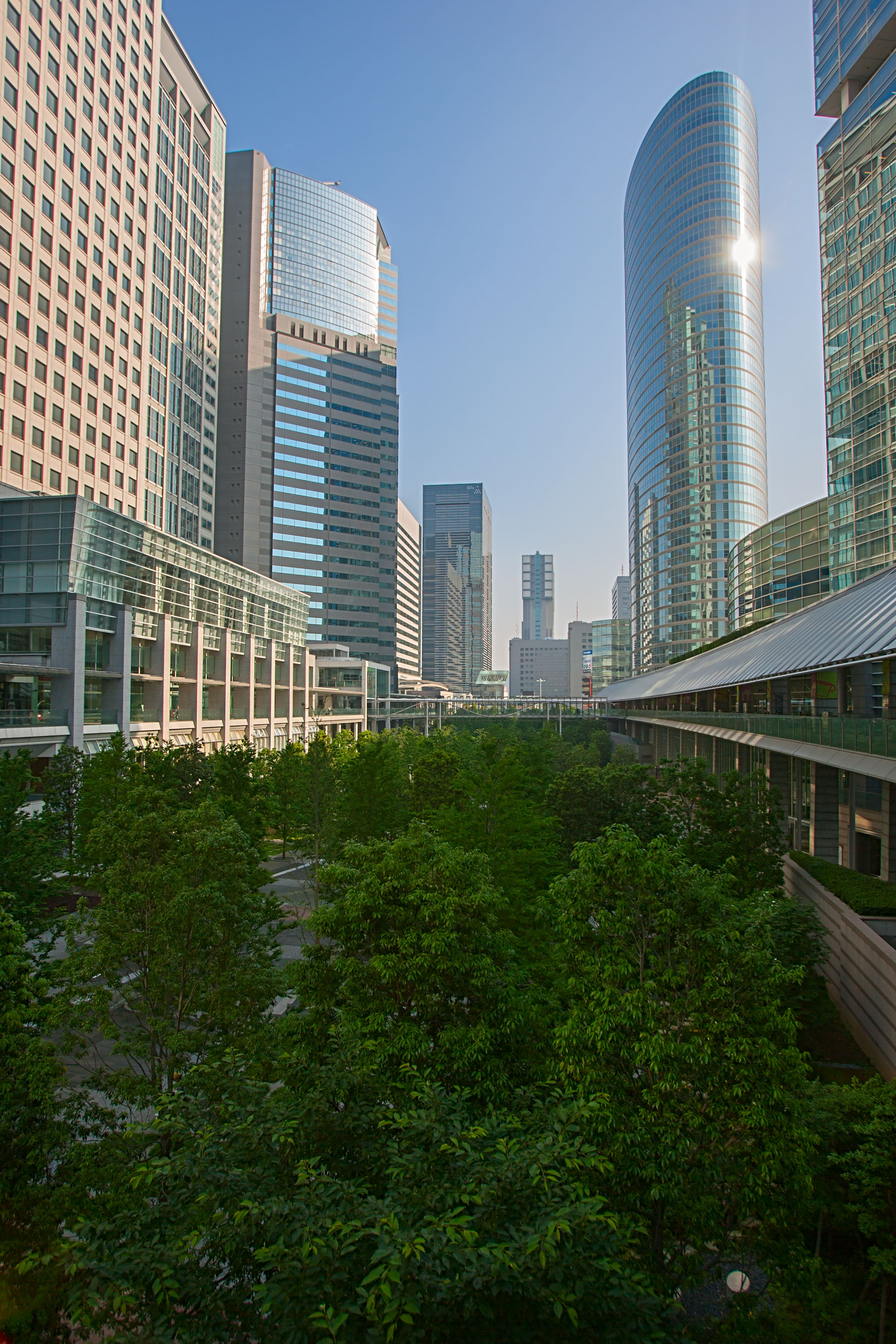


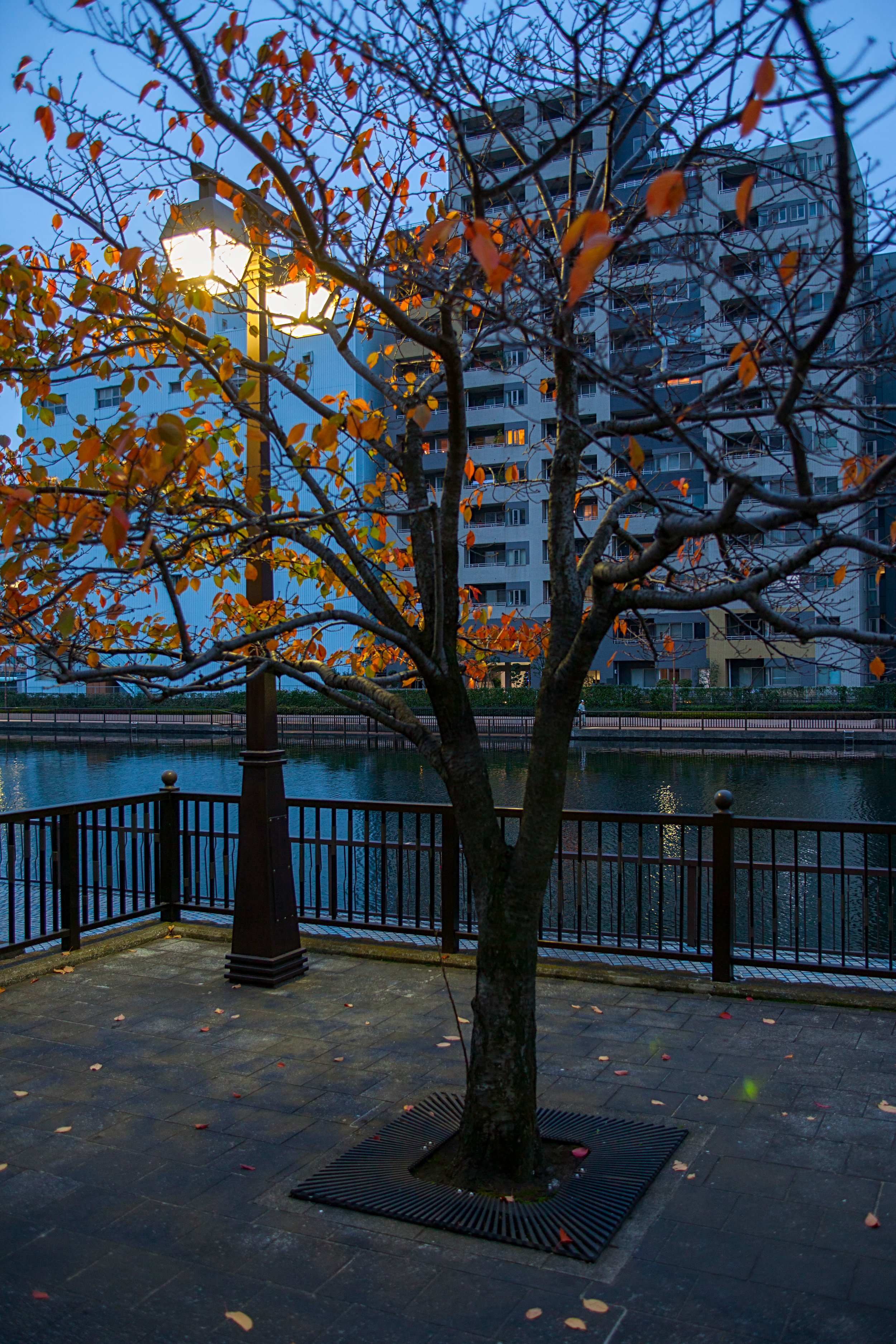





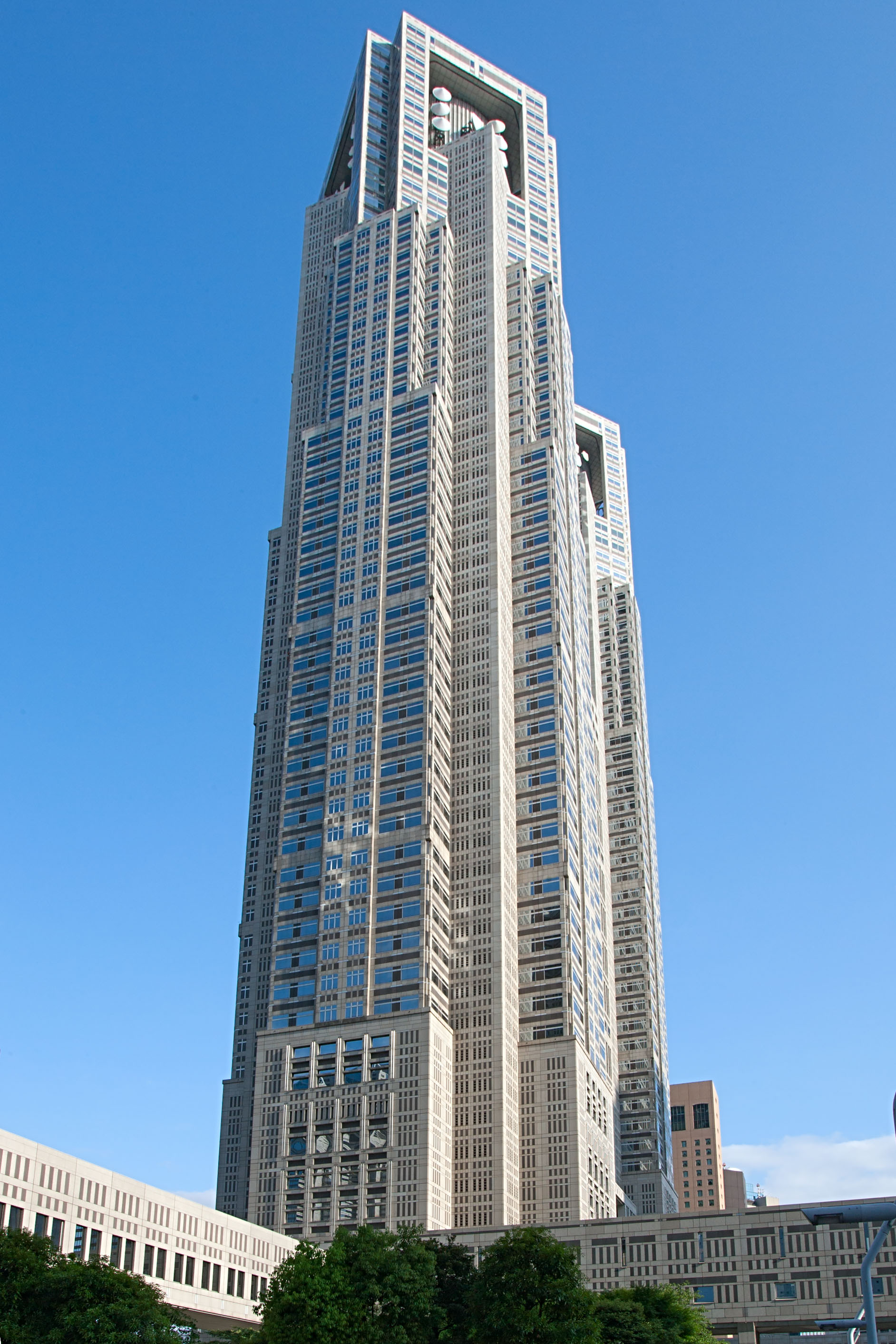
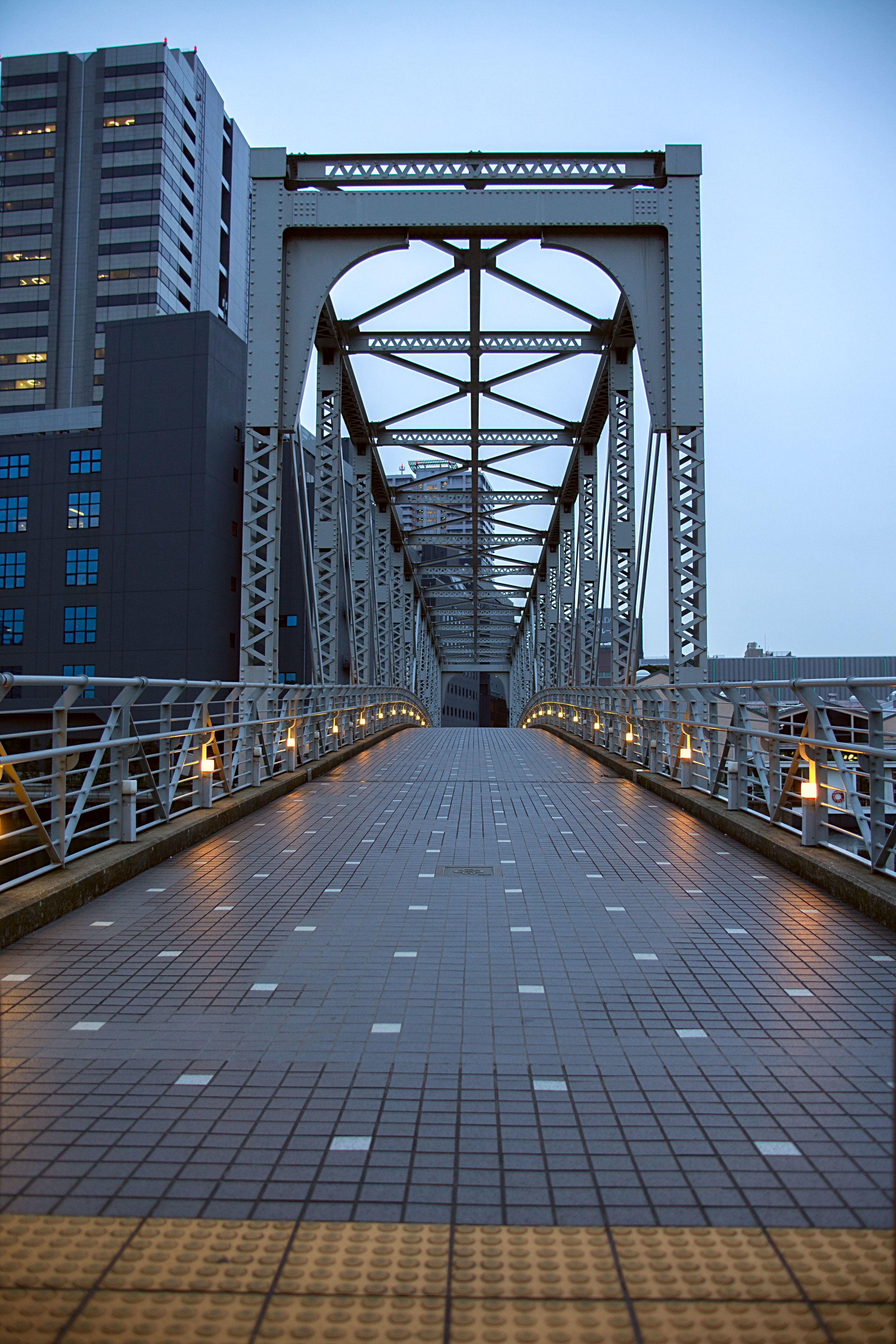
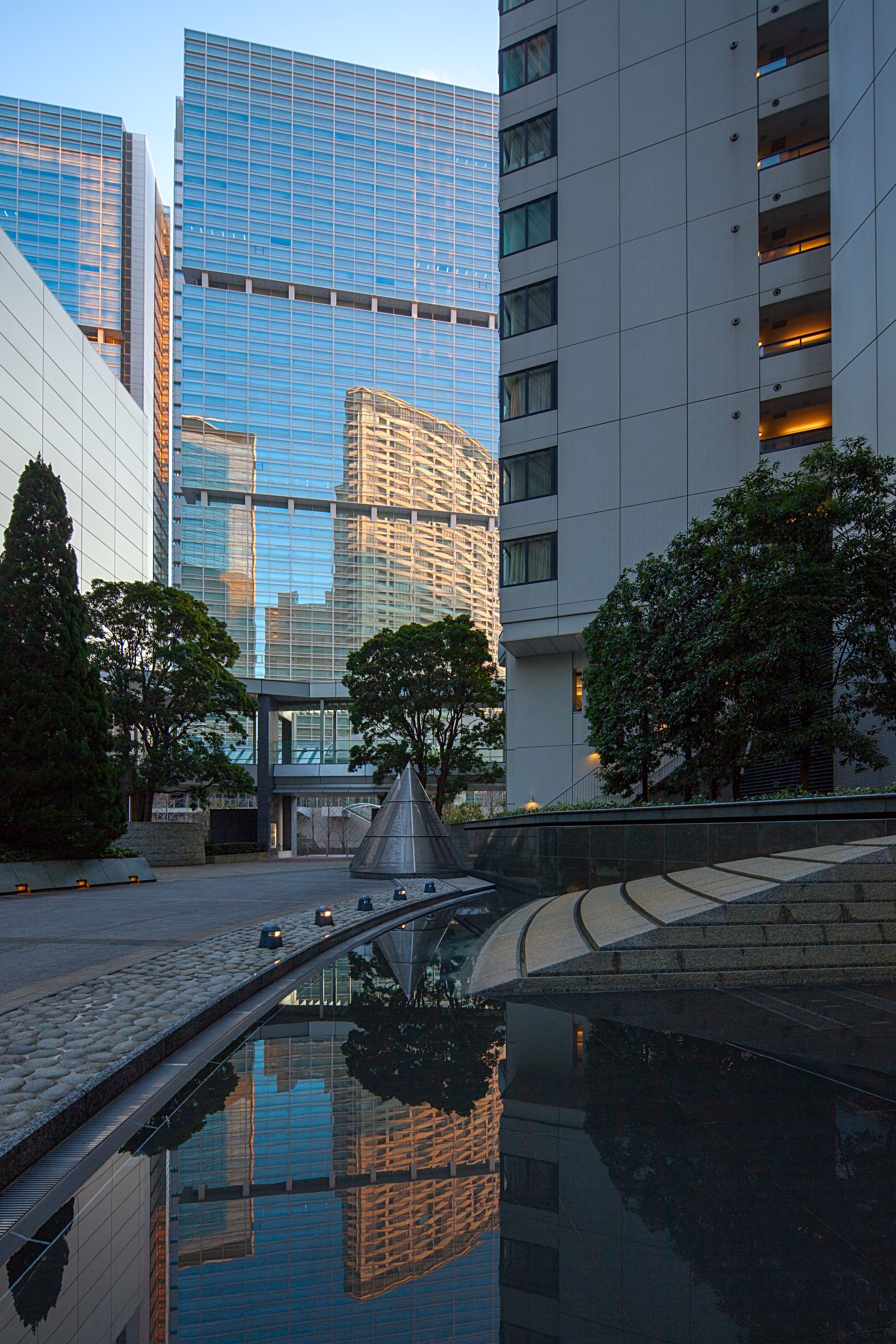
Wildlife & Nature
I've added images to the galleries for Rocky Mountain National Park, Raptors, and others. Want an overview? Visit the galleries index page.
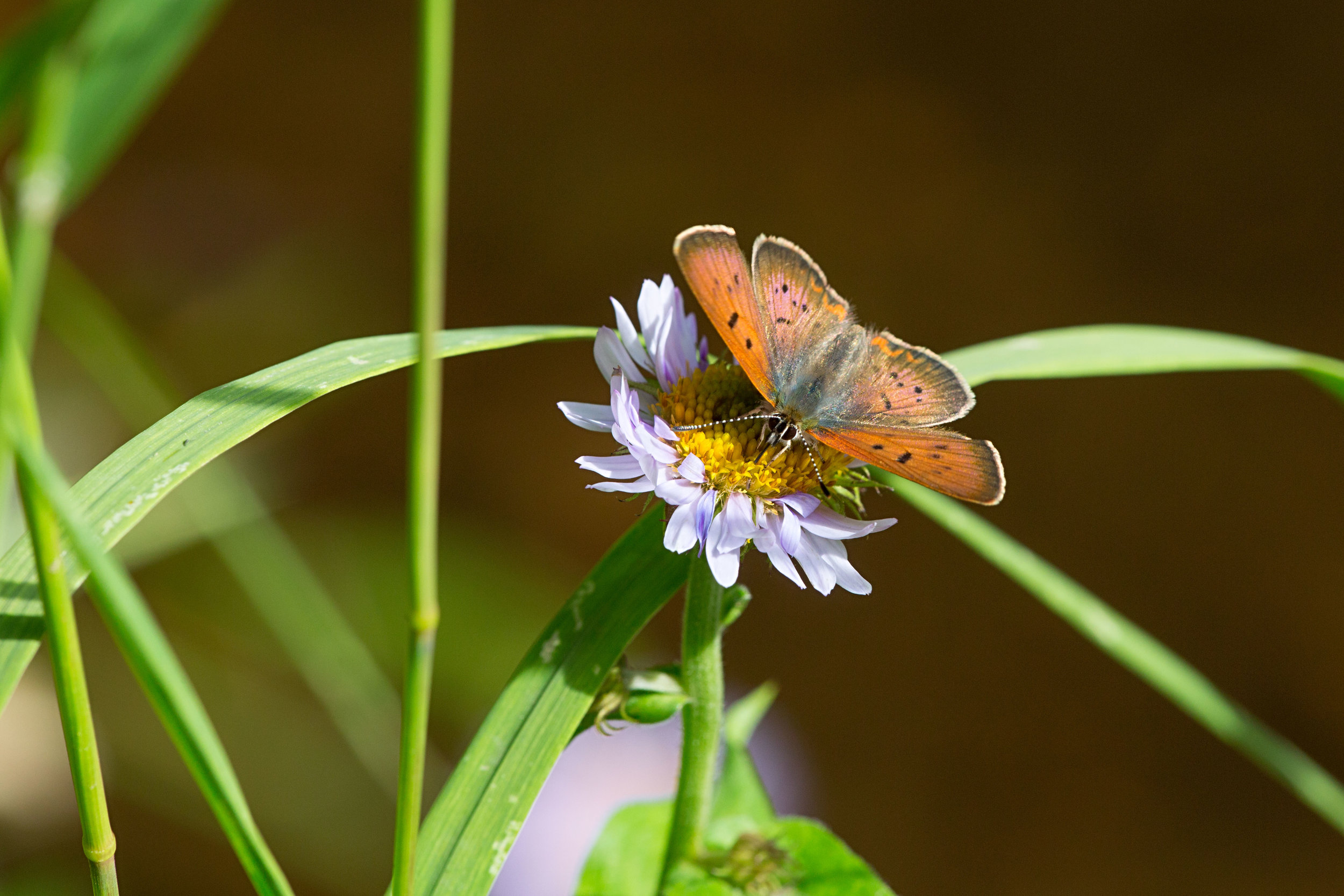
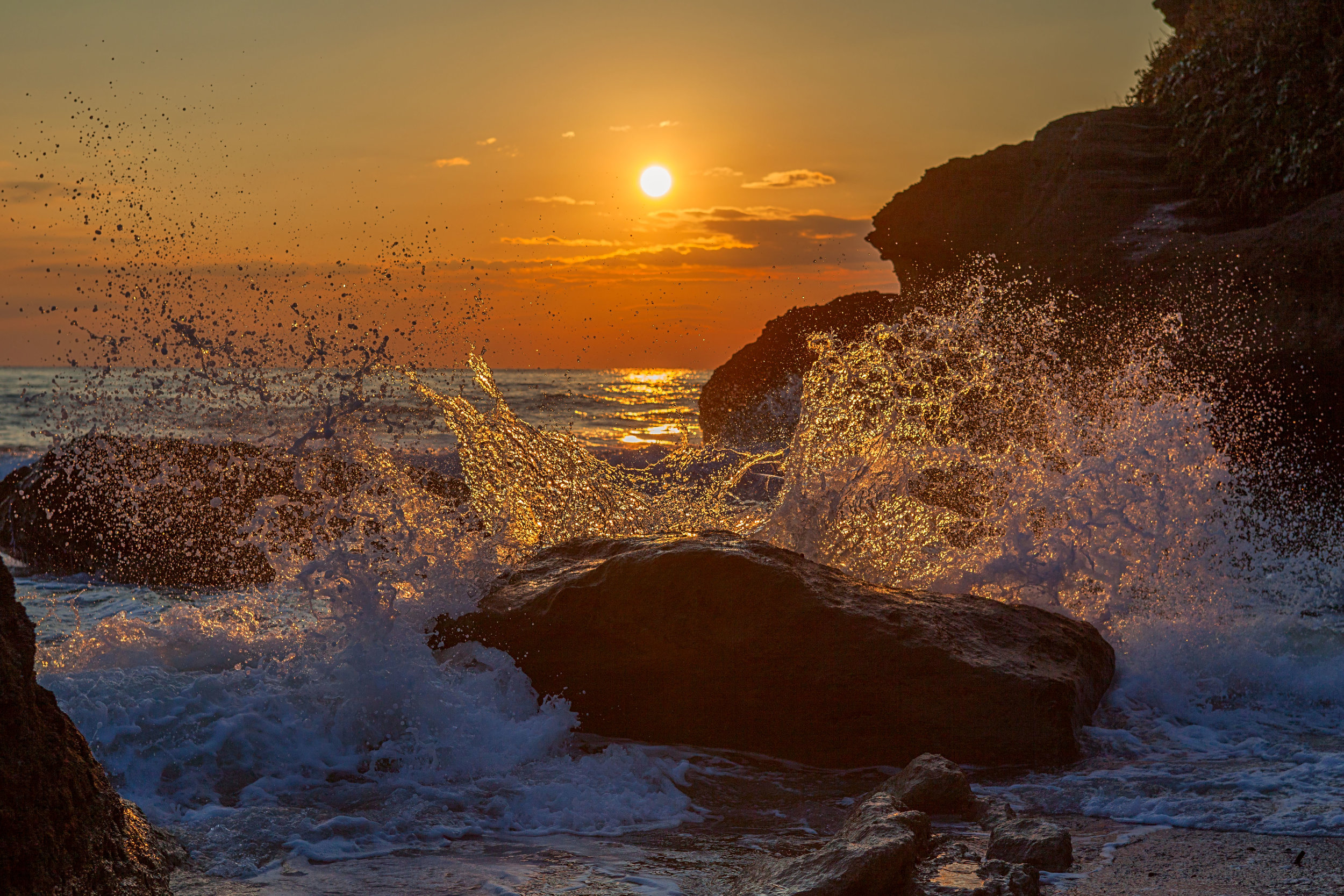
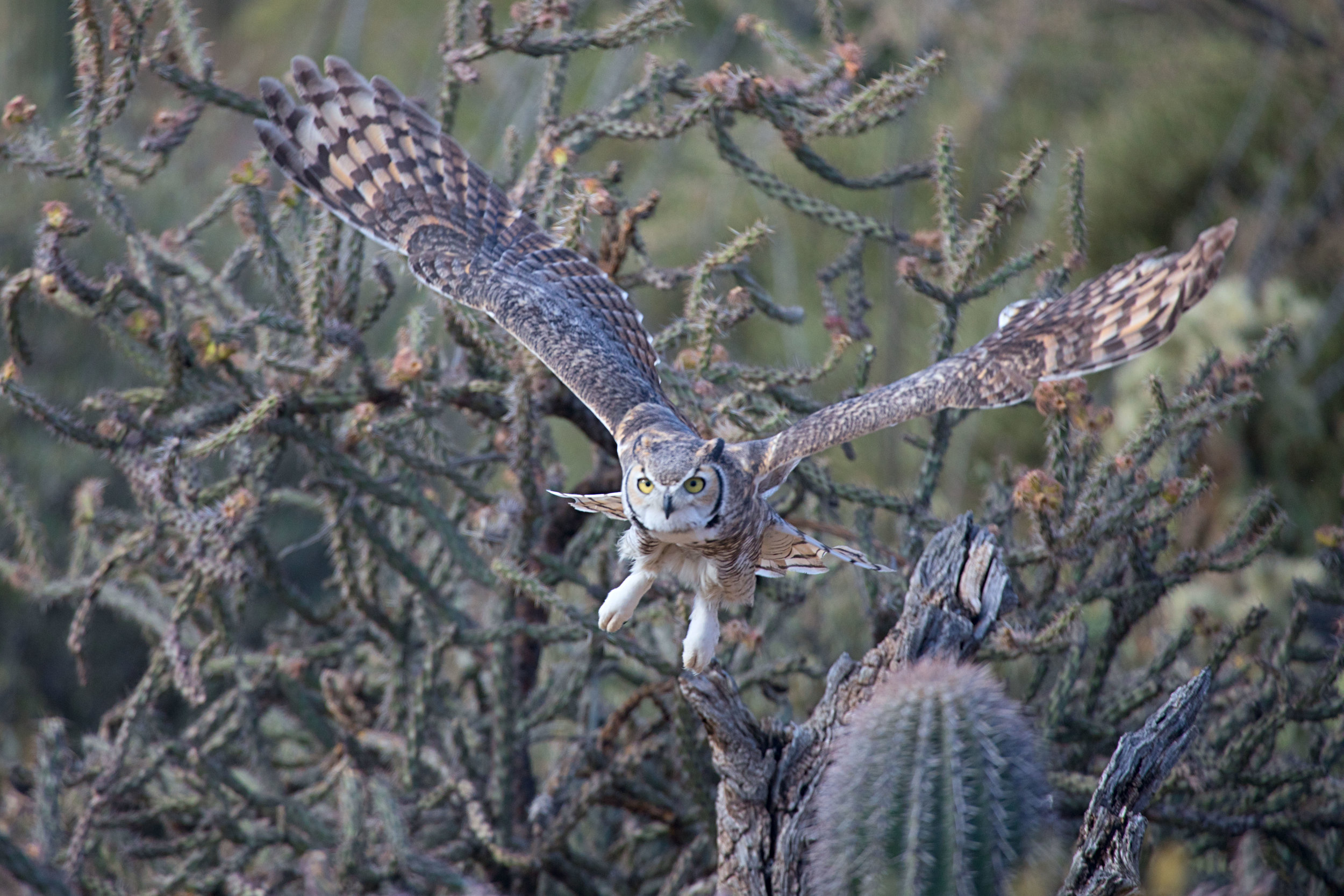
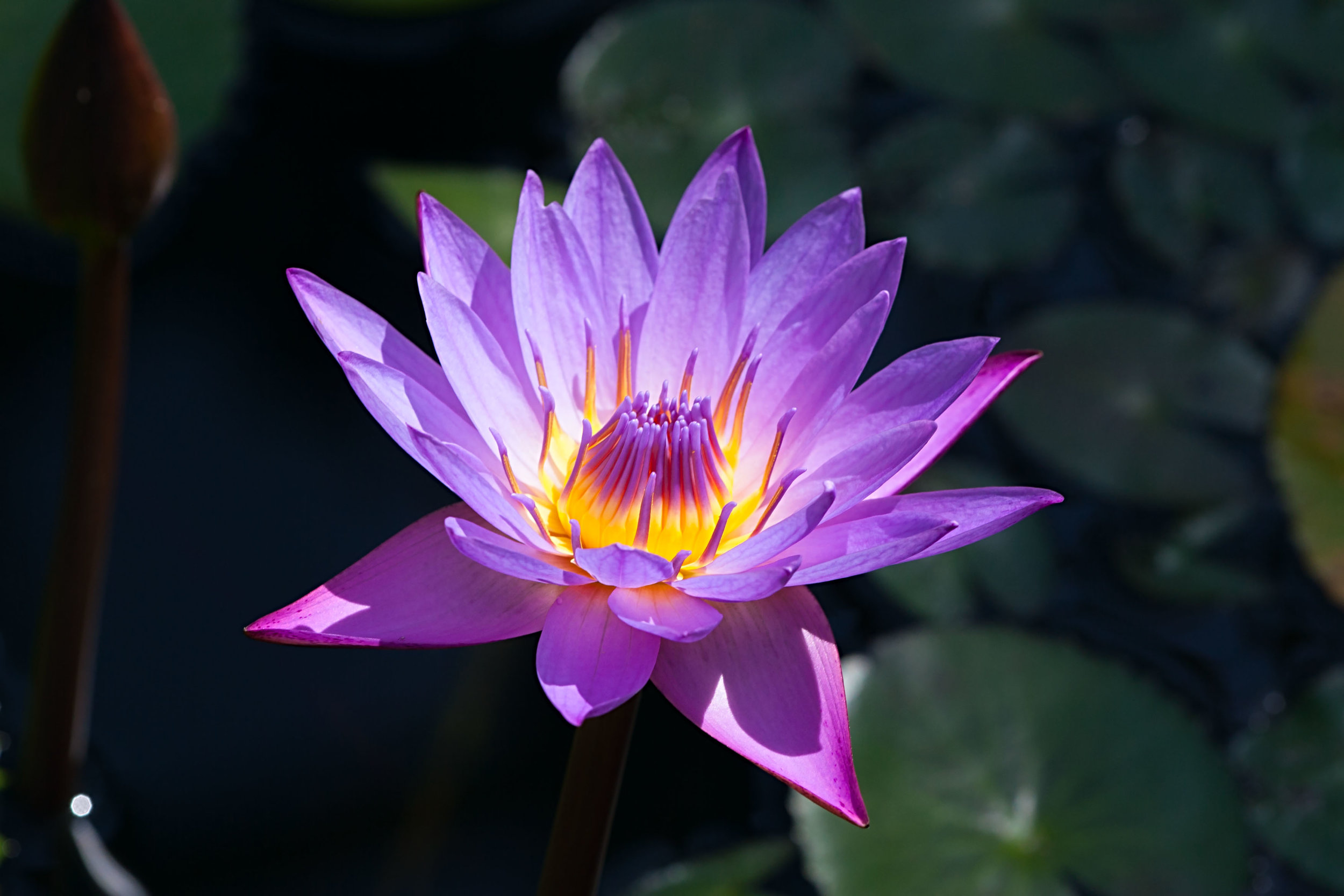
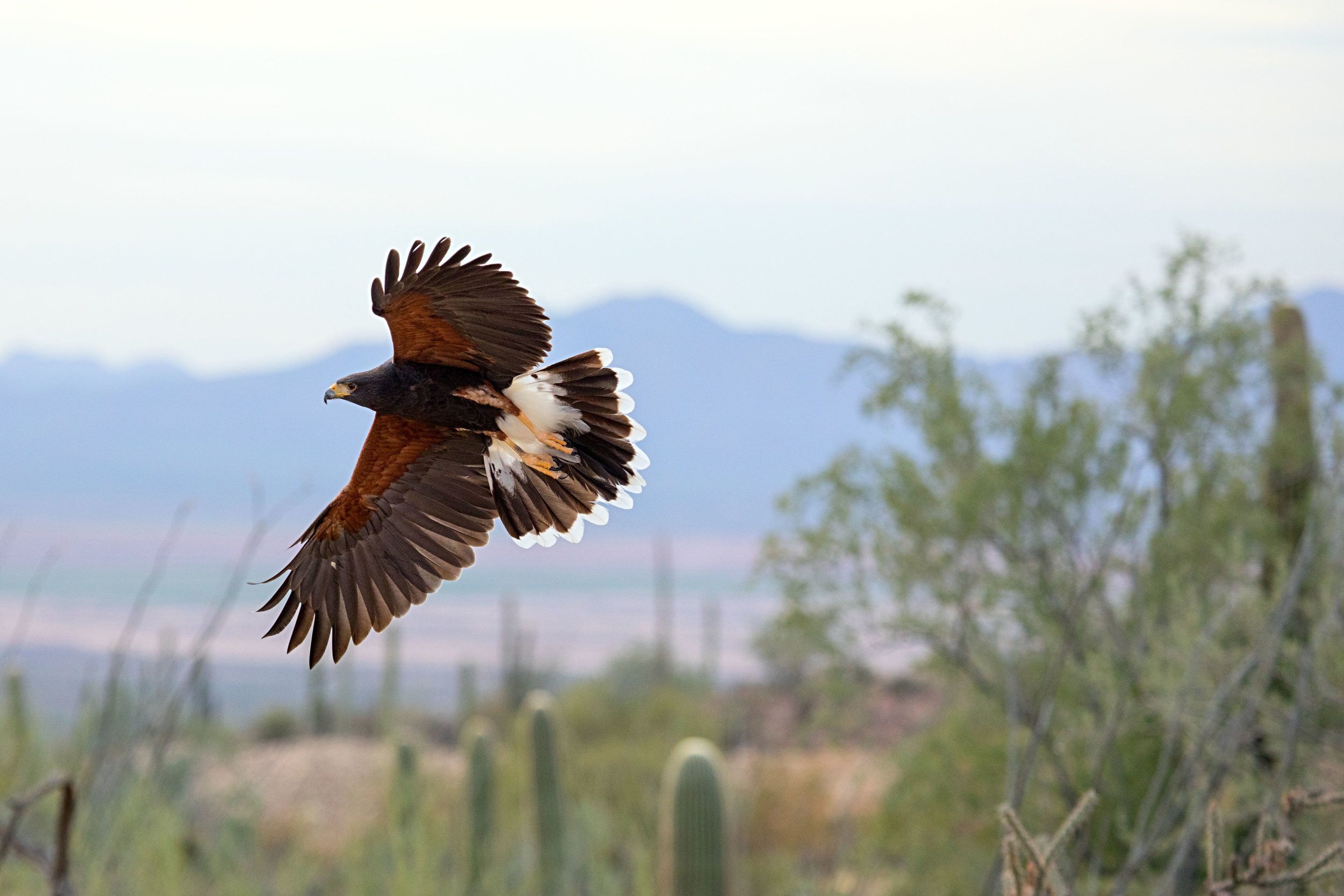
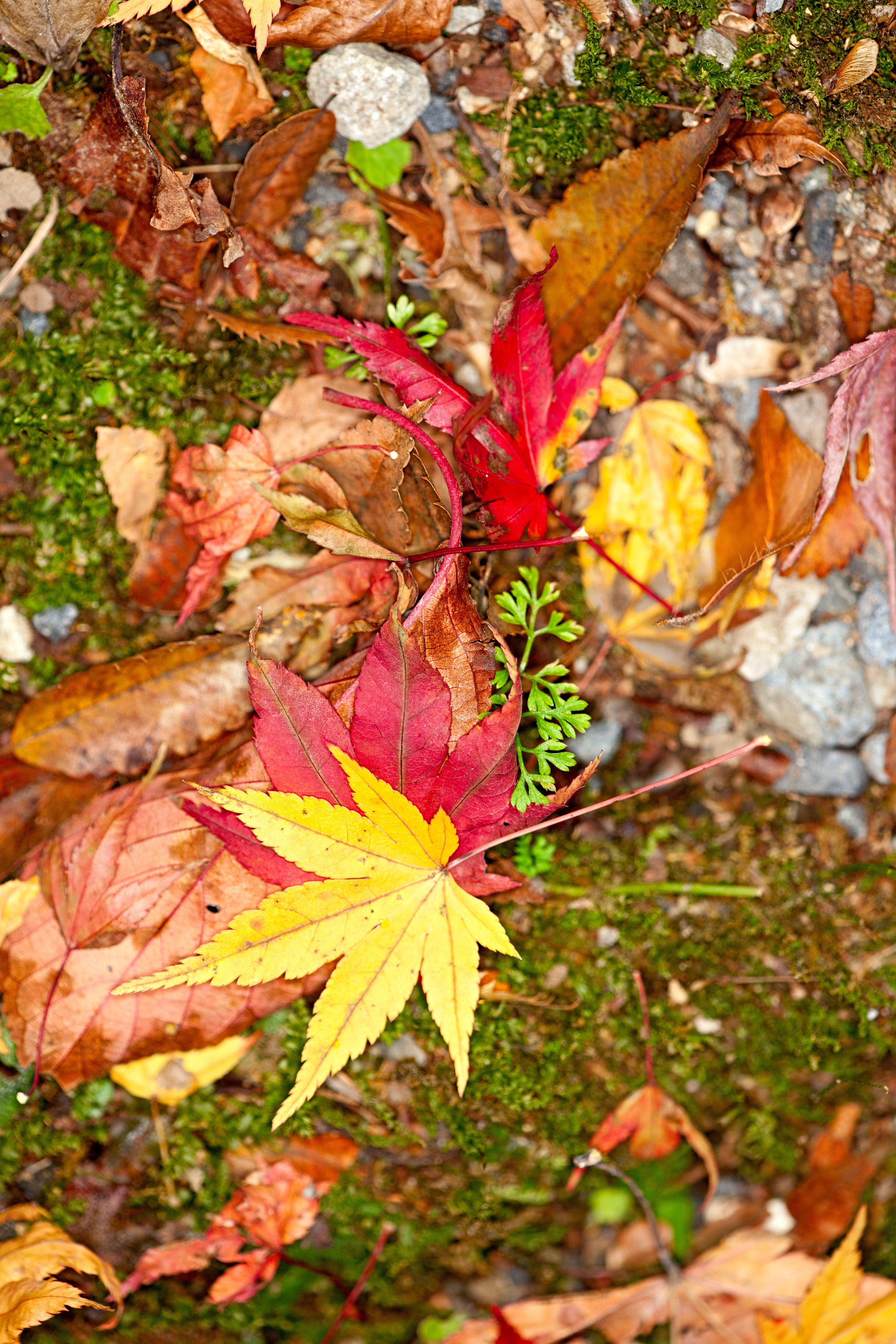
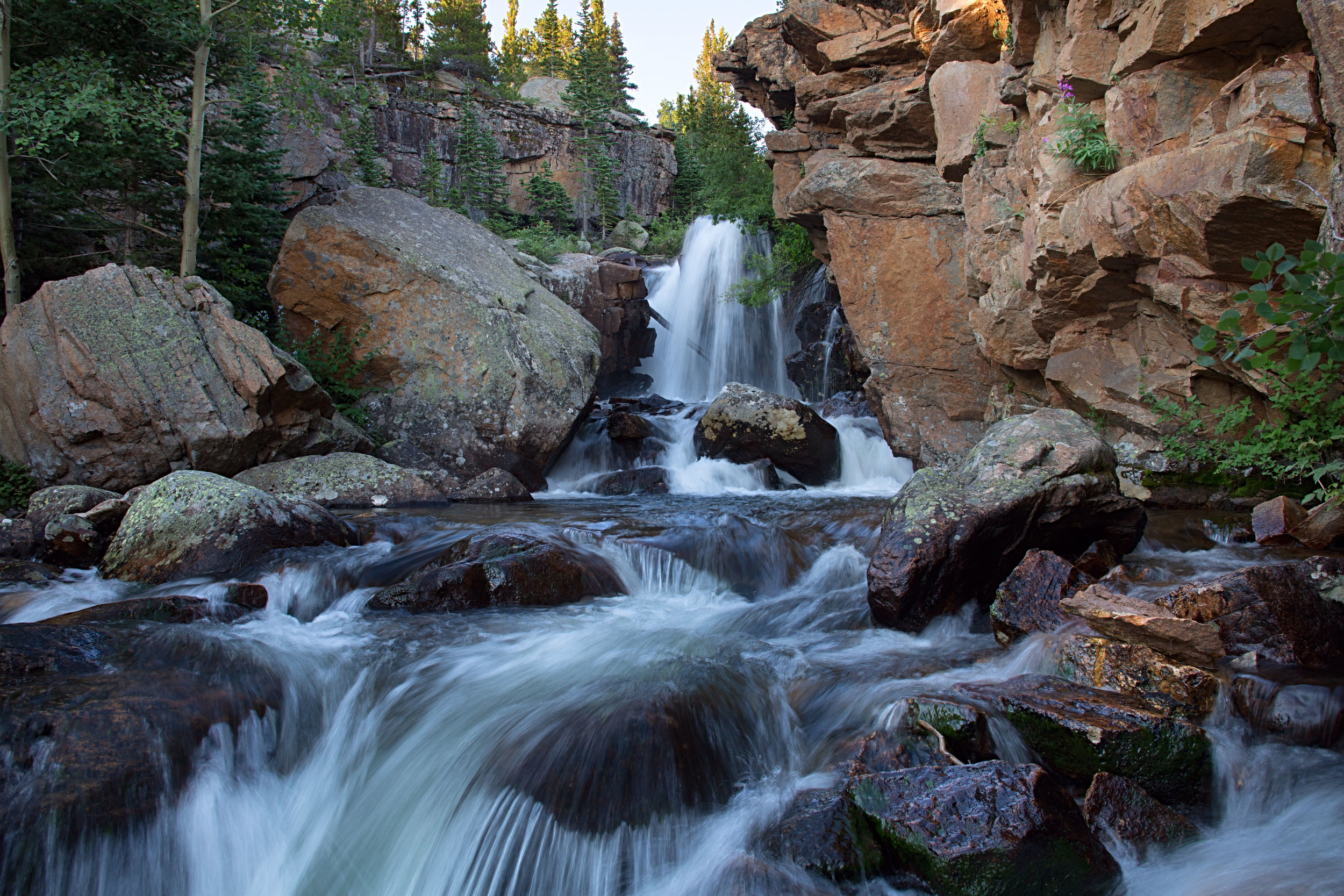
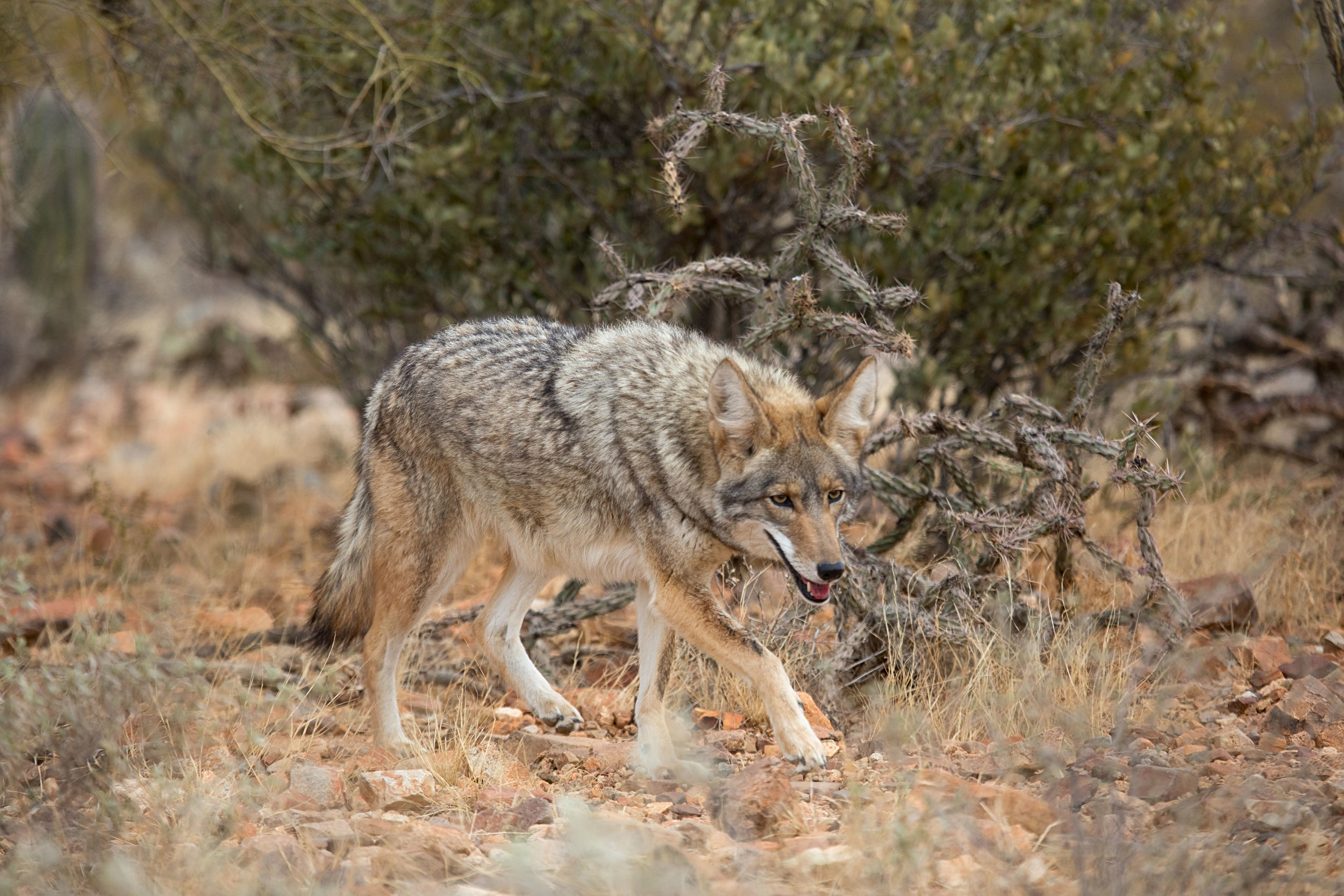
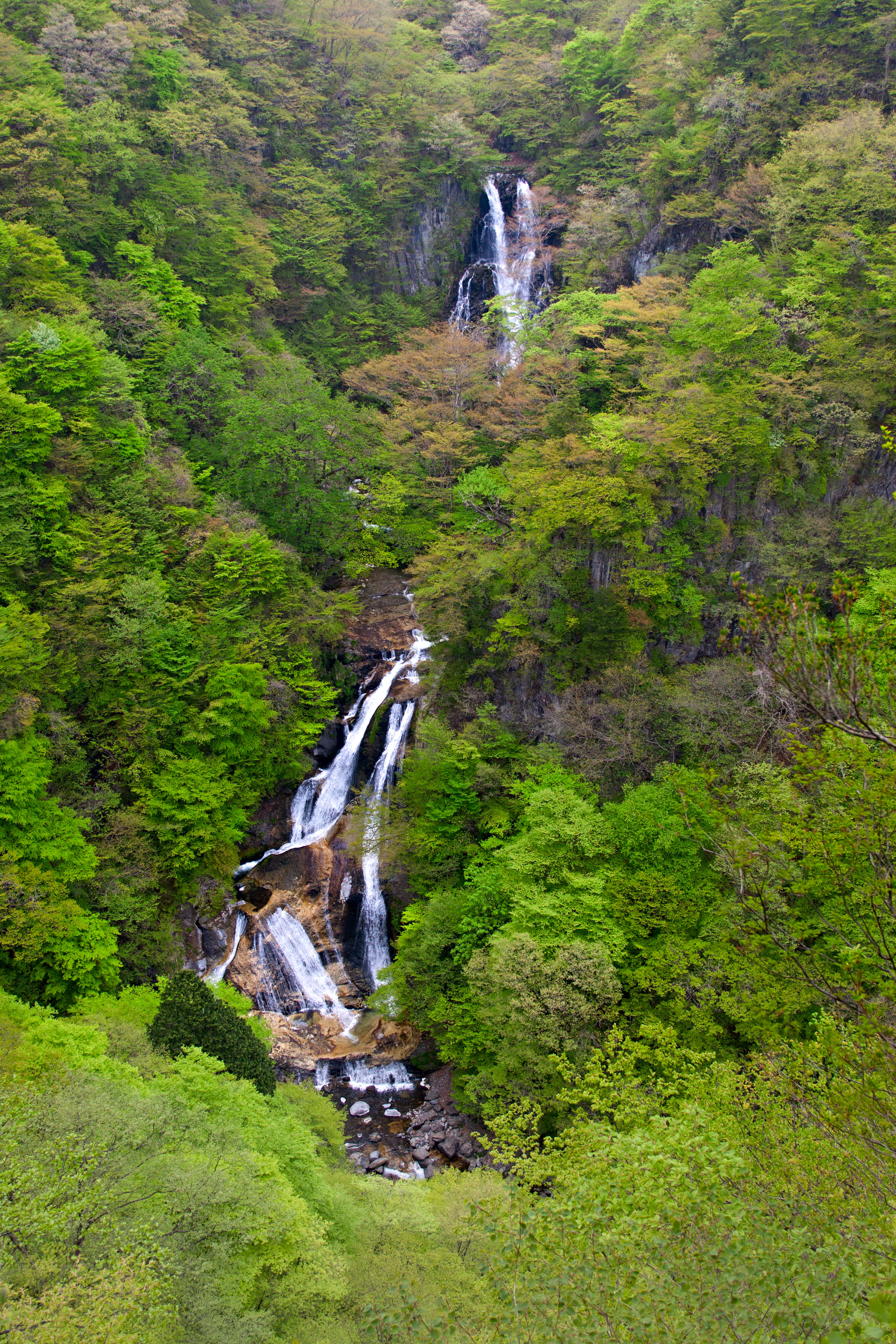

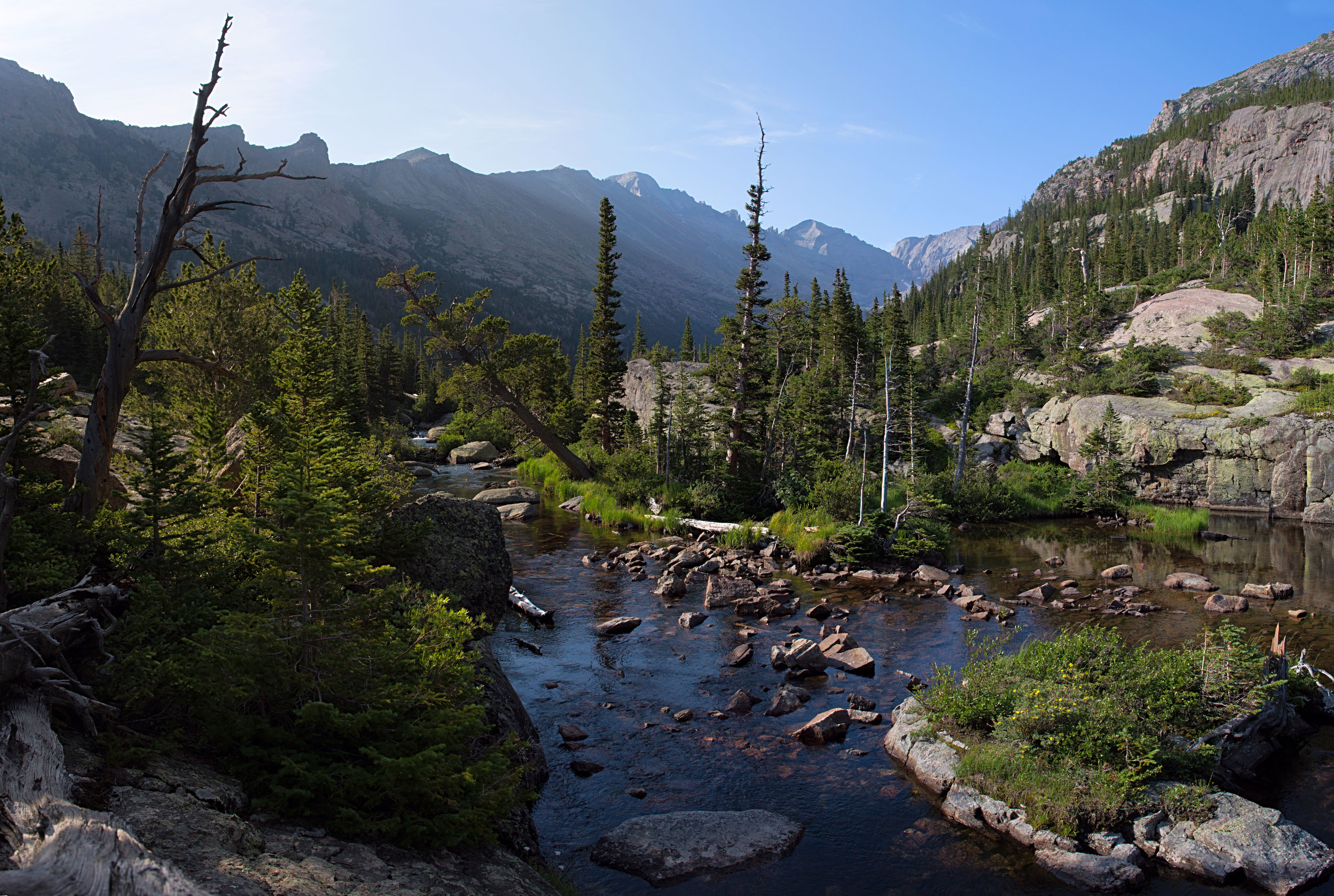
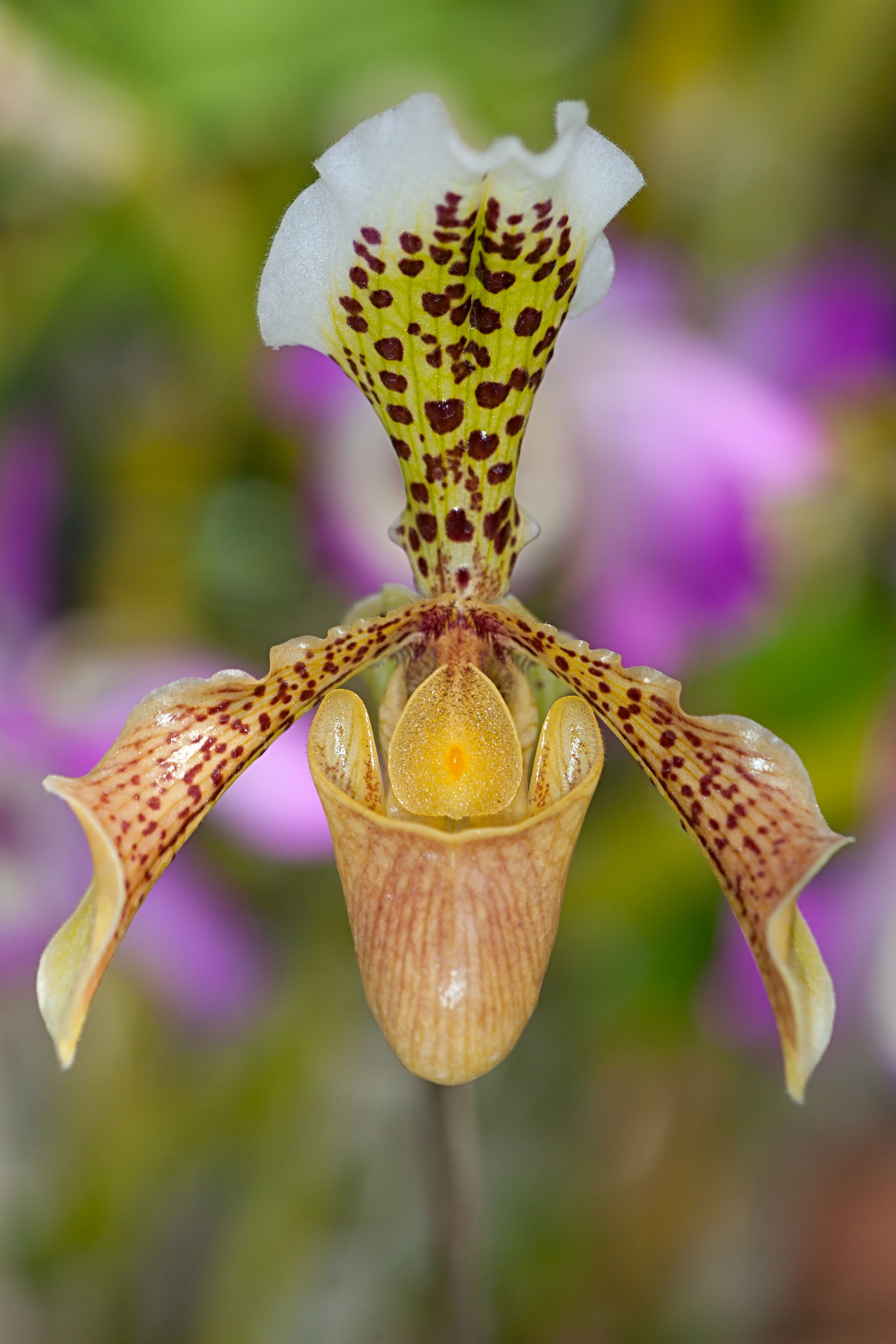
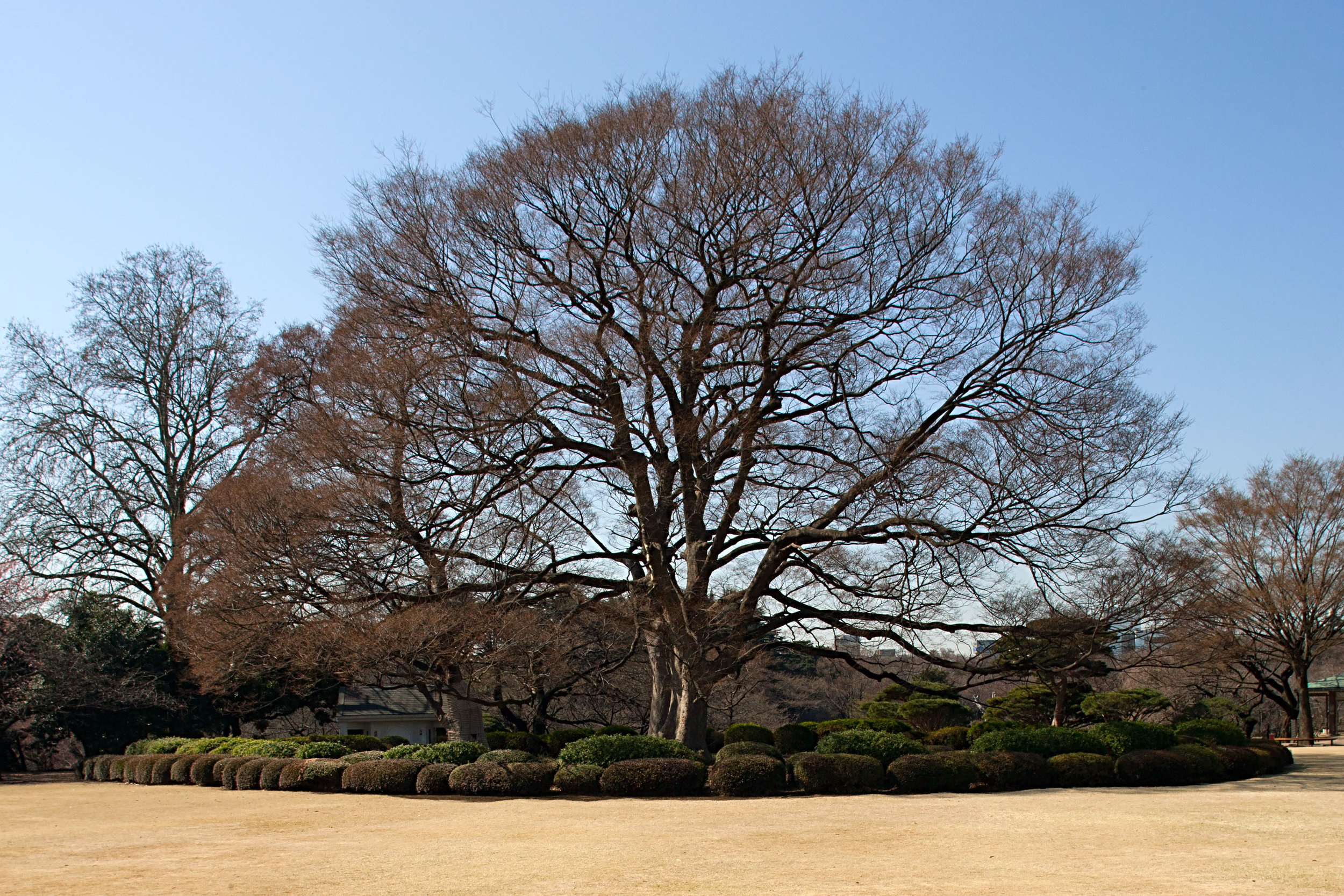
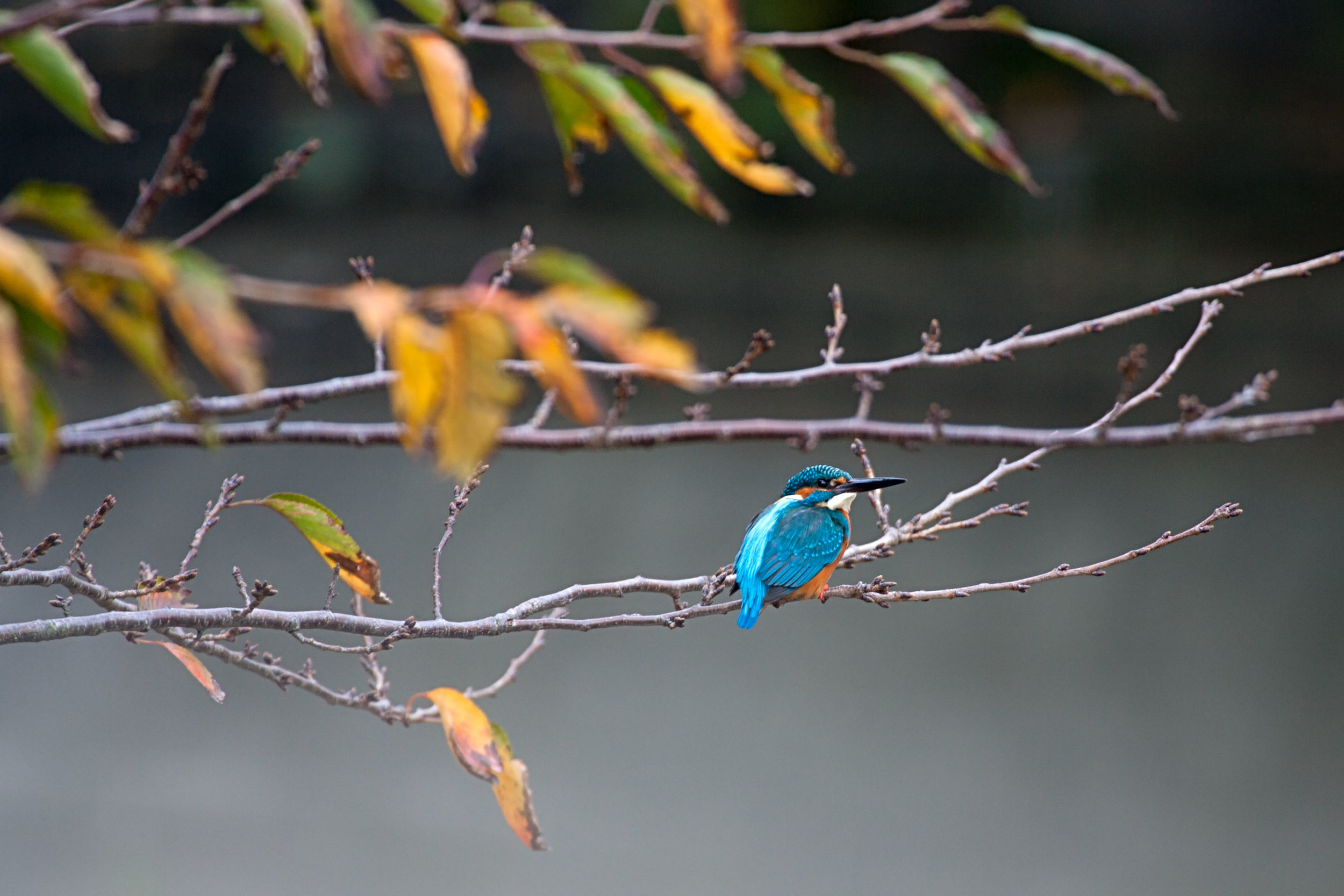

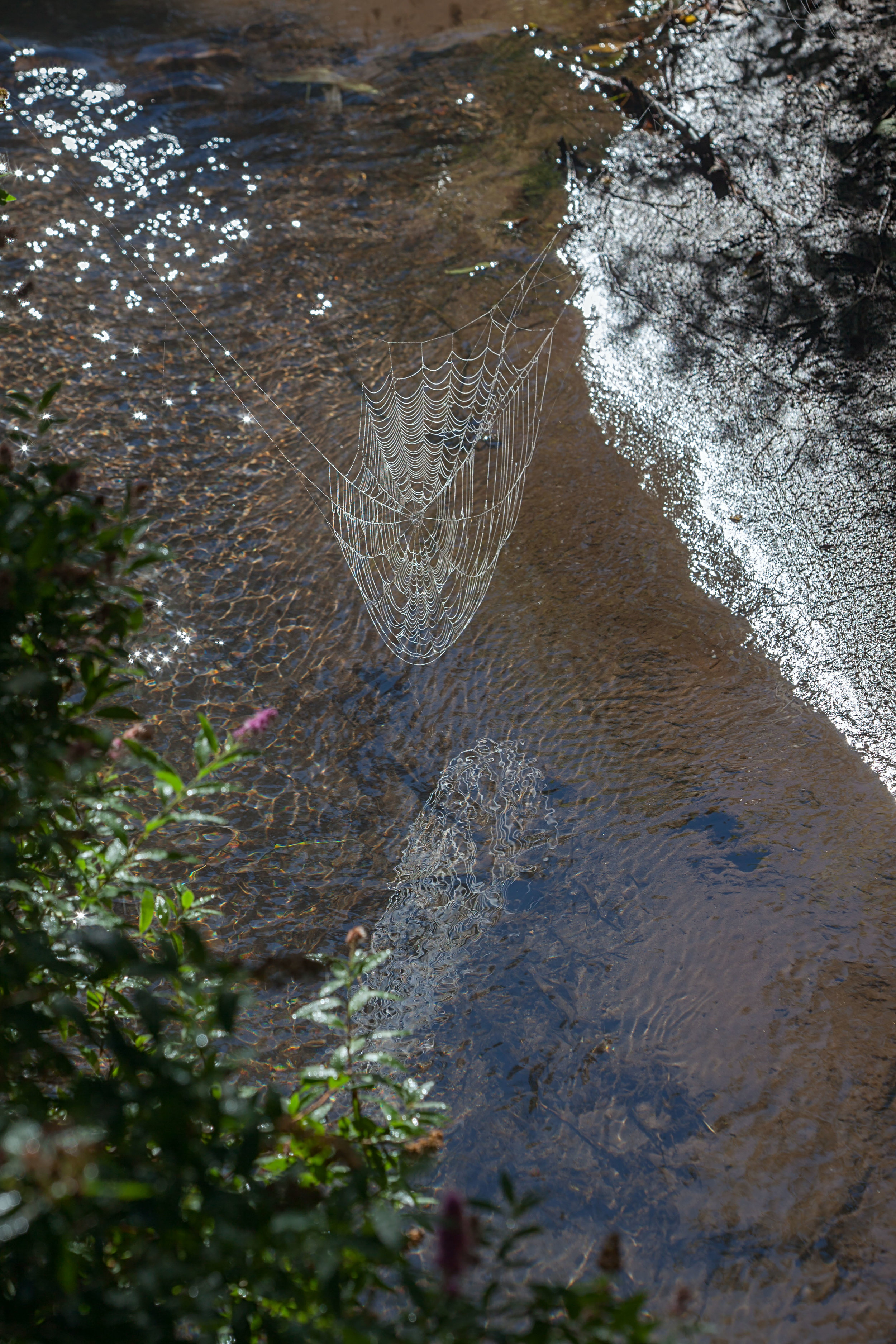
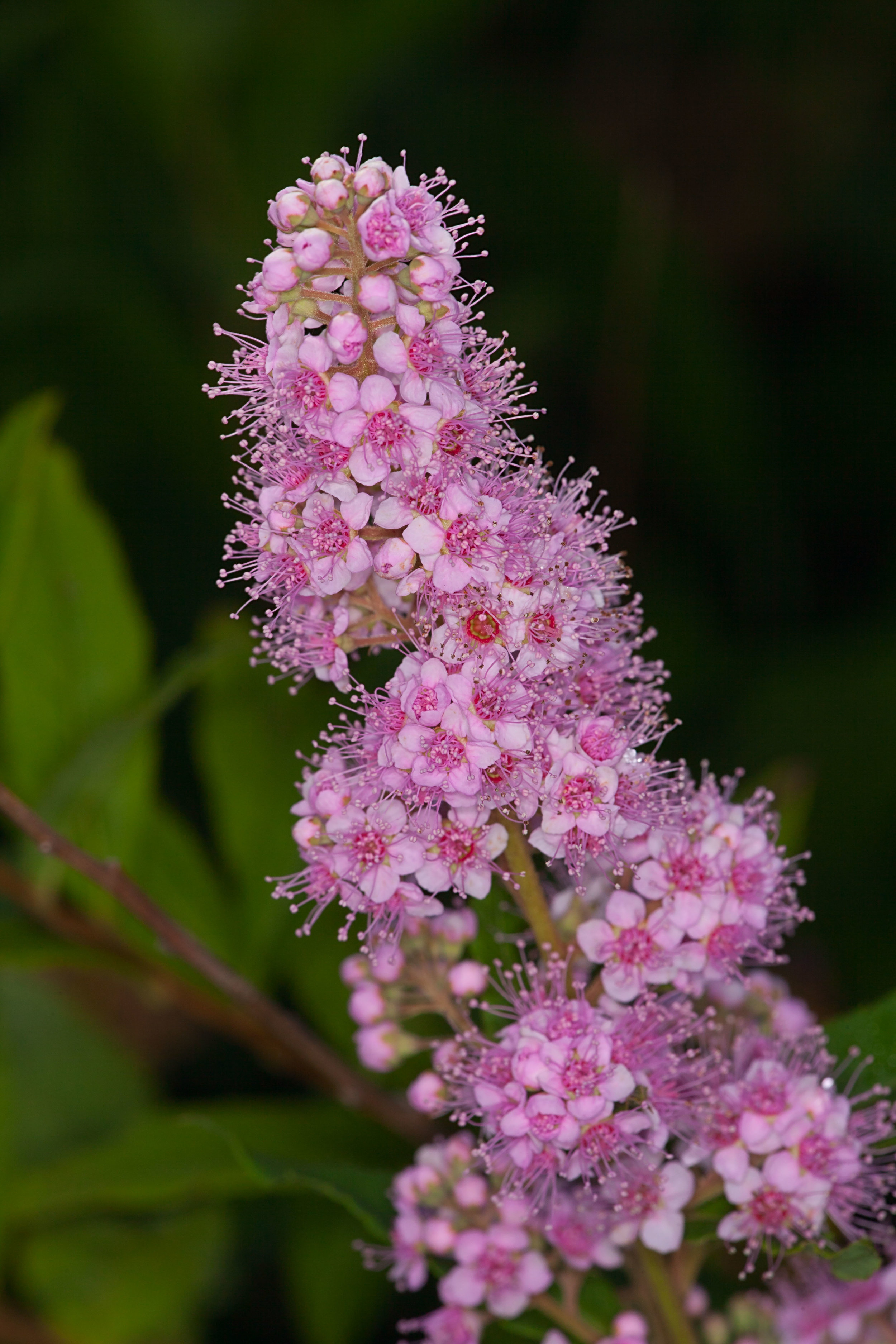

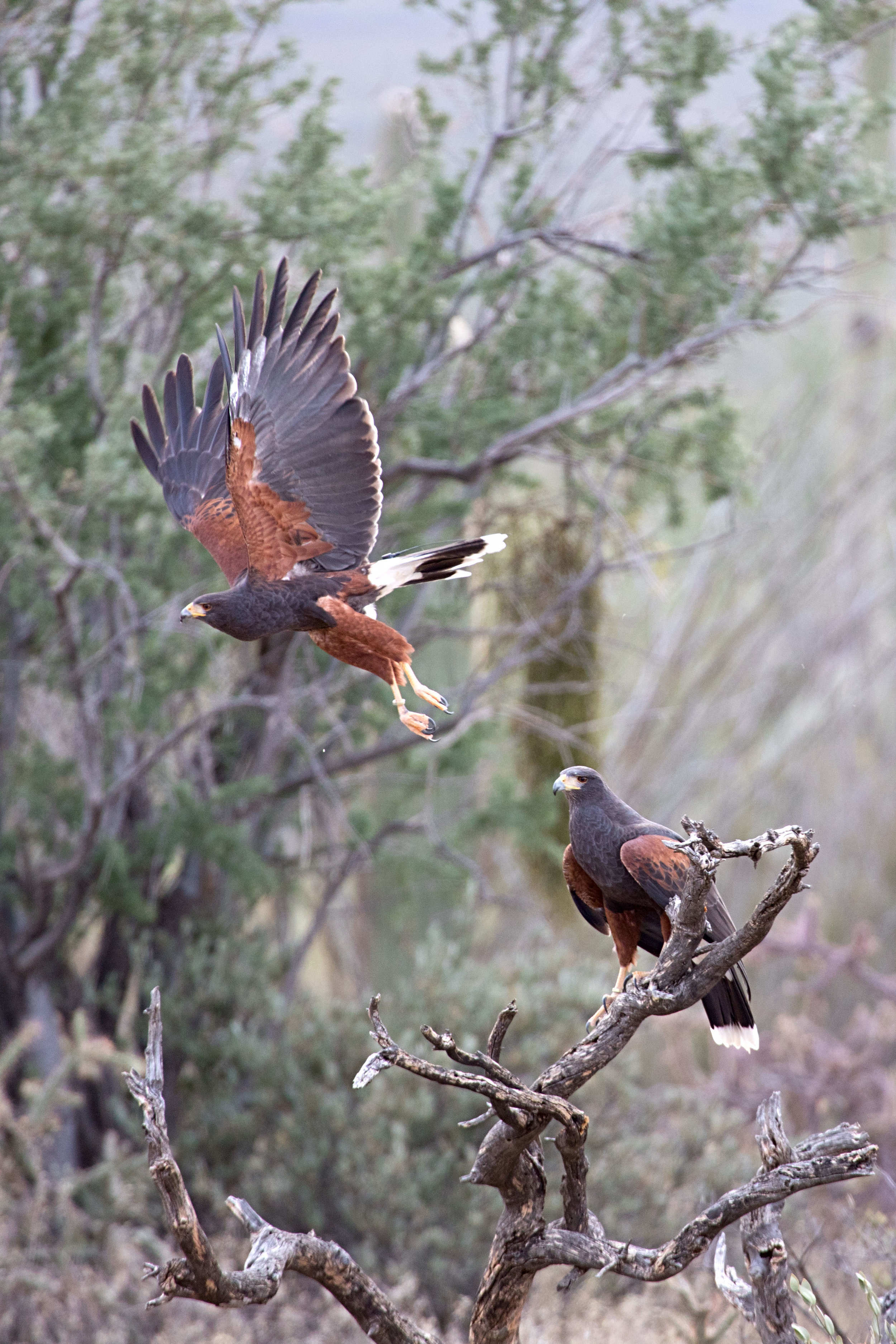







![The approach to Odessa Lake along Fern Creek is spectacular - Notchtop Mountain [summit at about 12,160 feet] at center.](https://images.squarespace-cdn.com/content/v1/5005dbf284aebe9f4d09d4f5/1411691121900-URJ2PRFPRBO0DE21BIYS/image-asset.jpeg)




